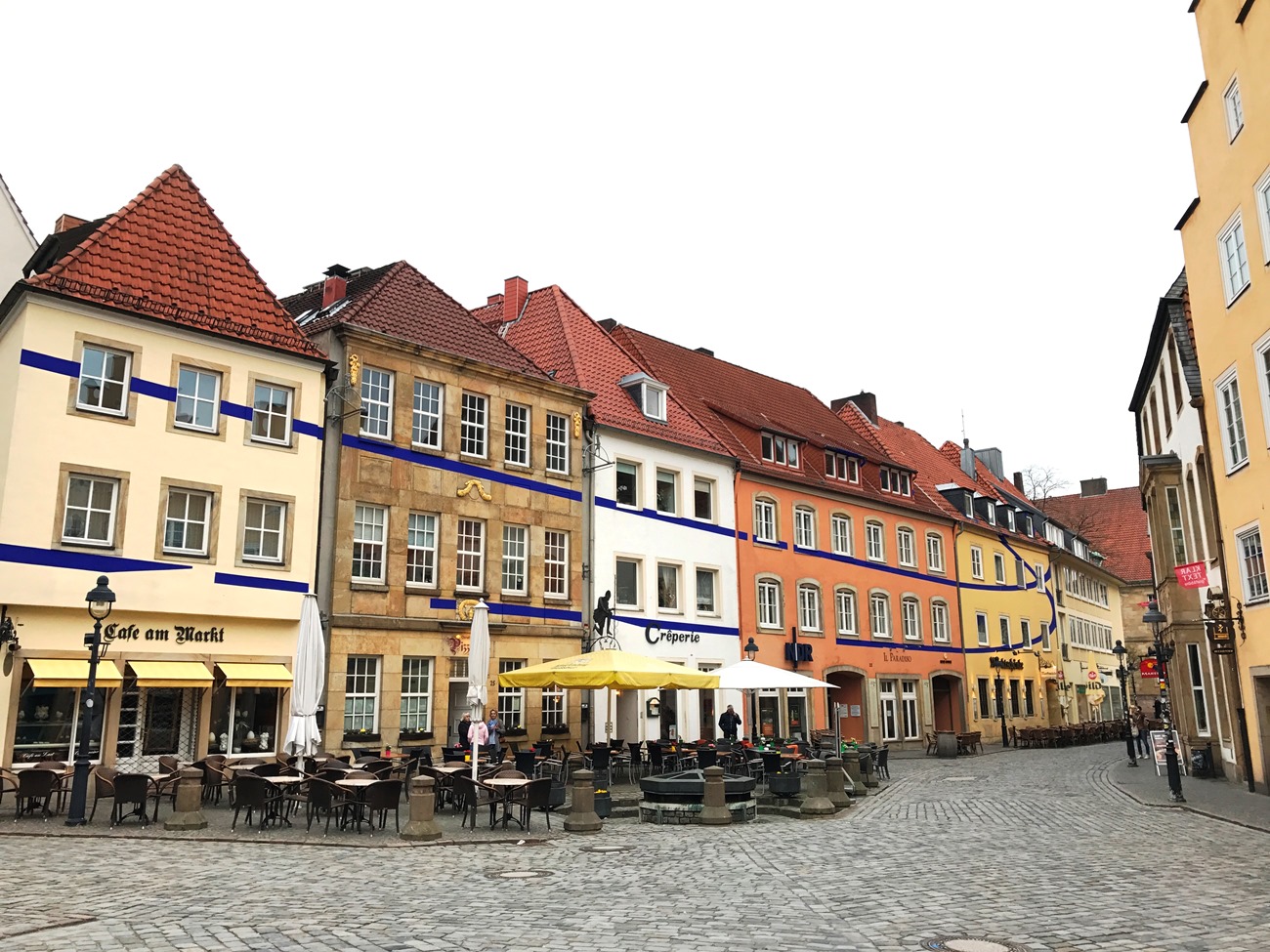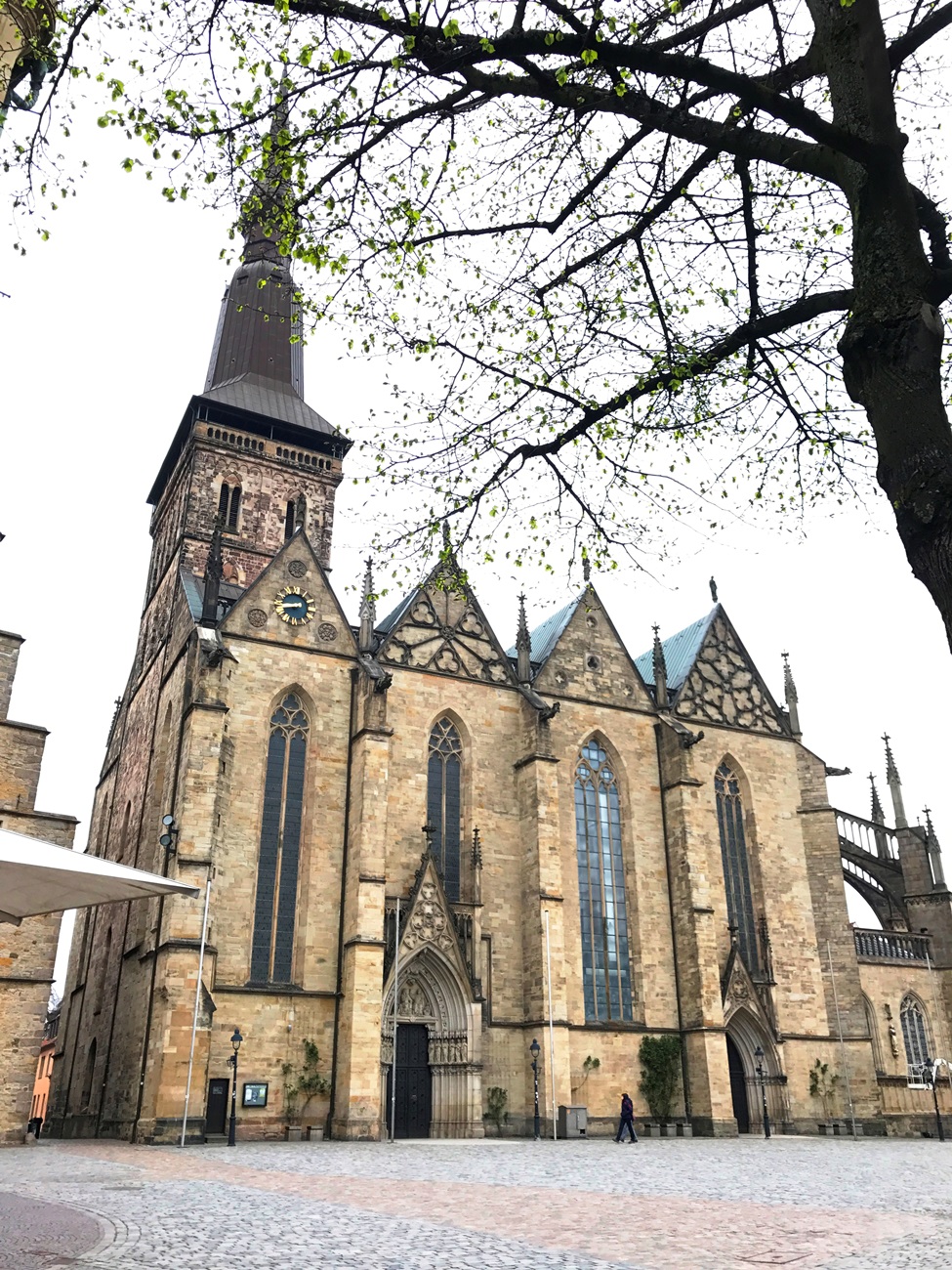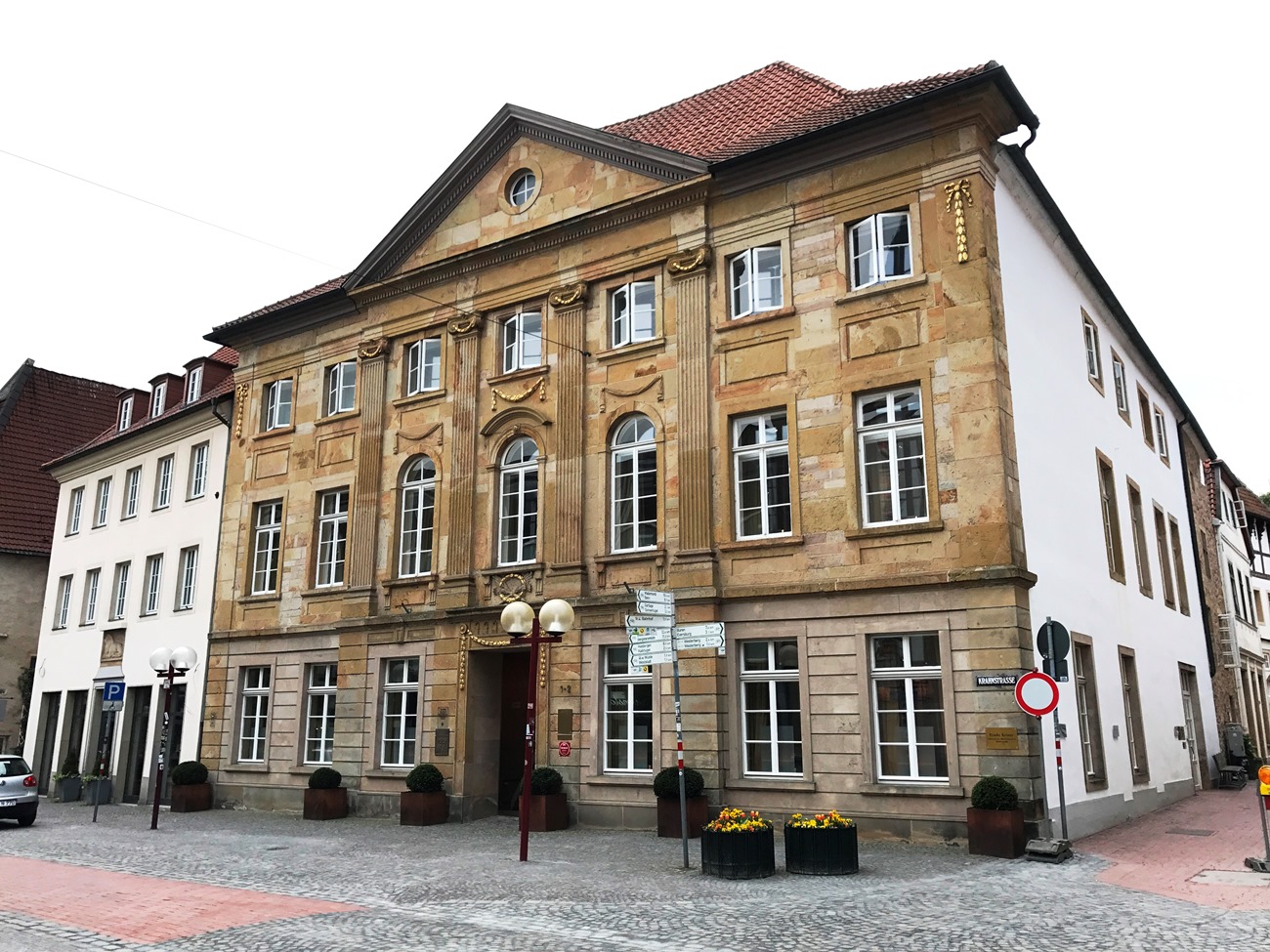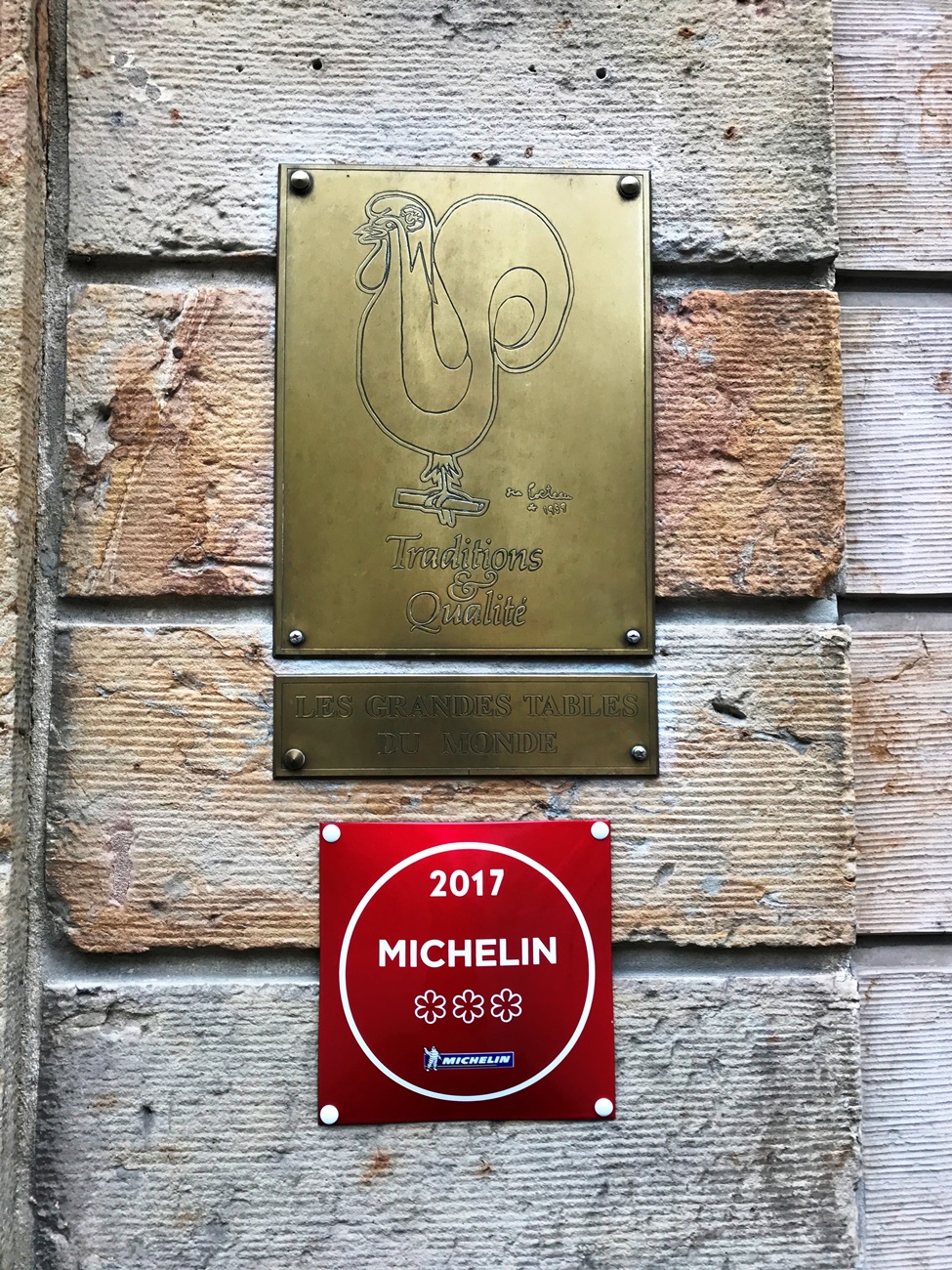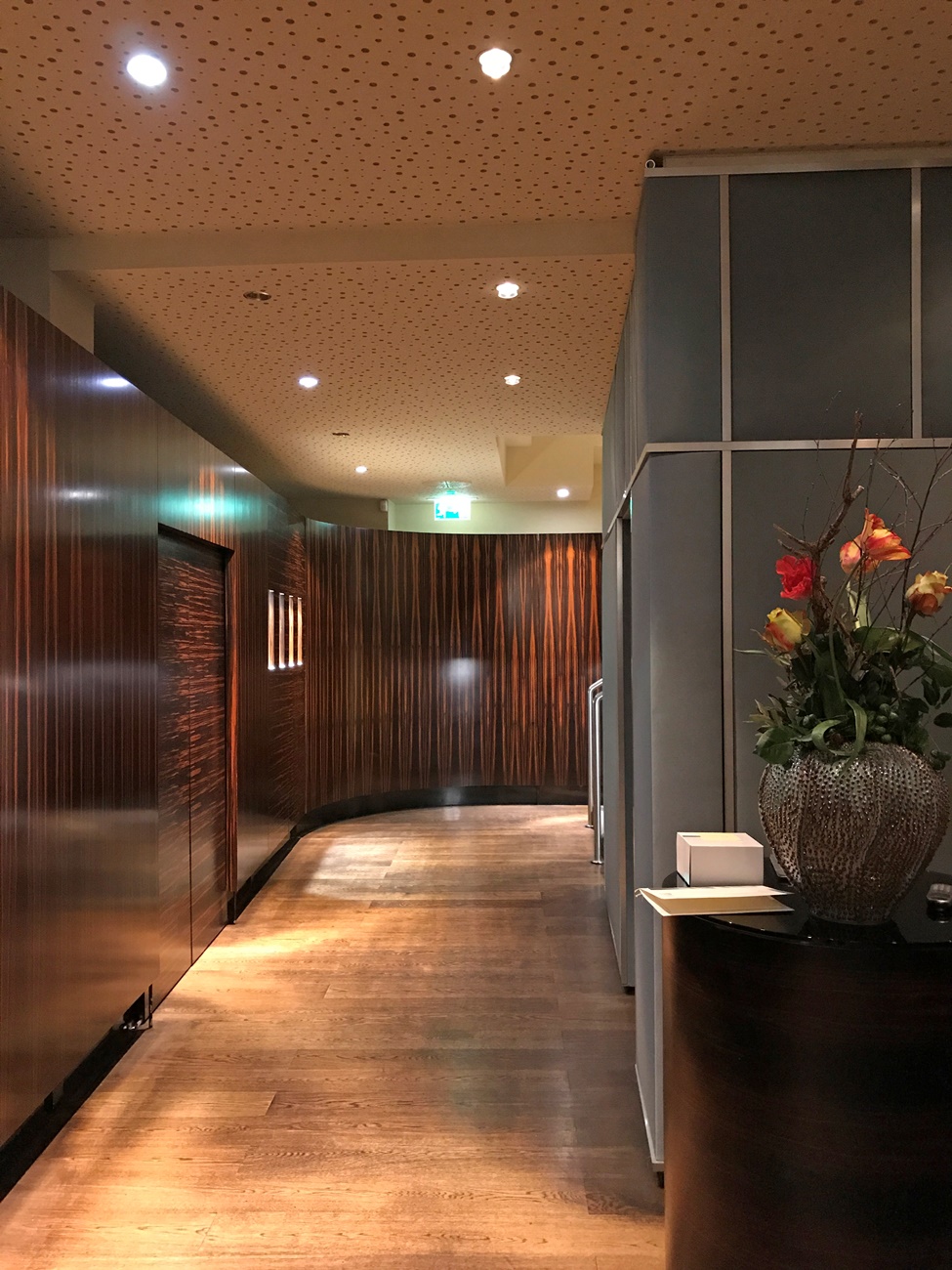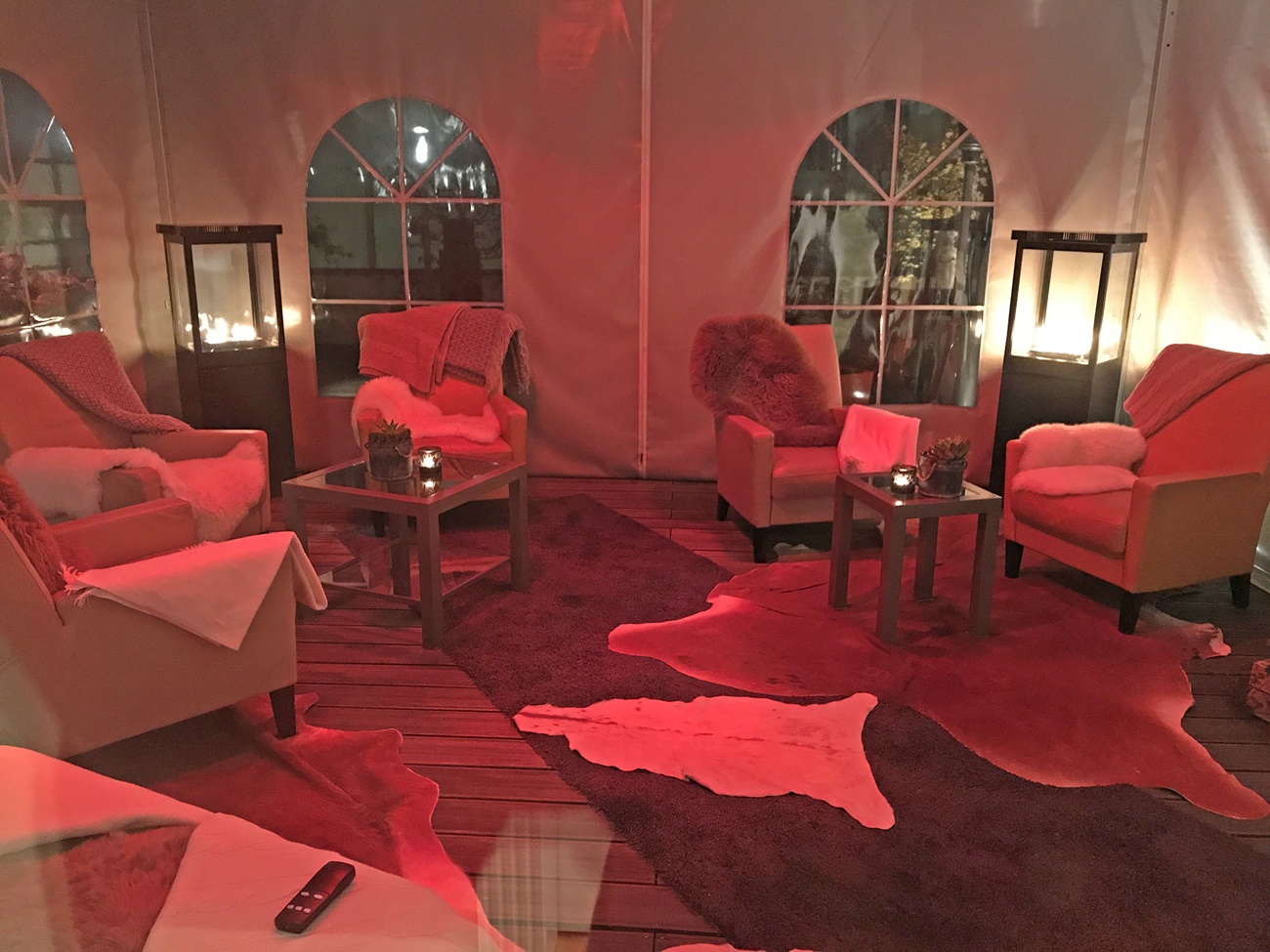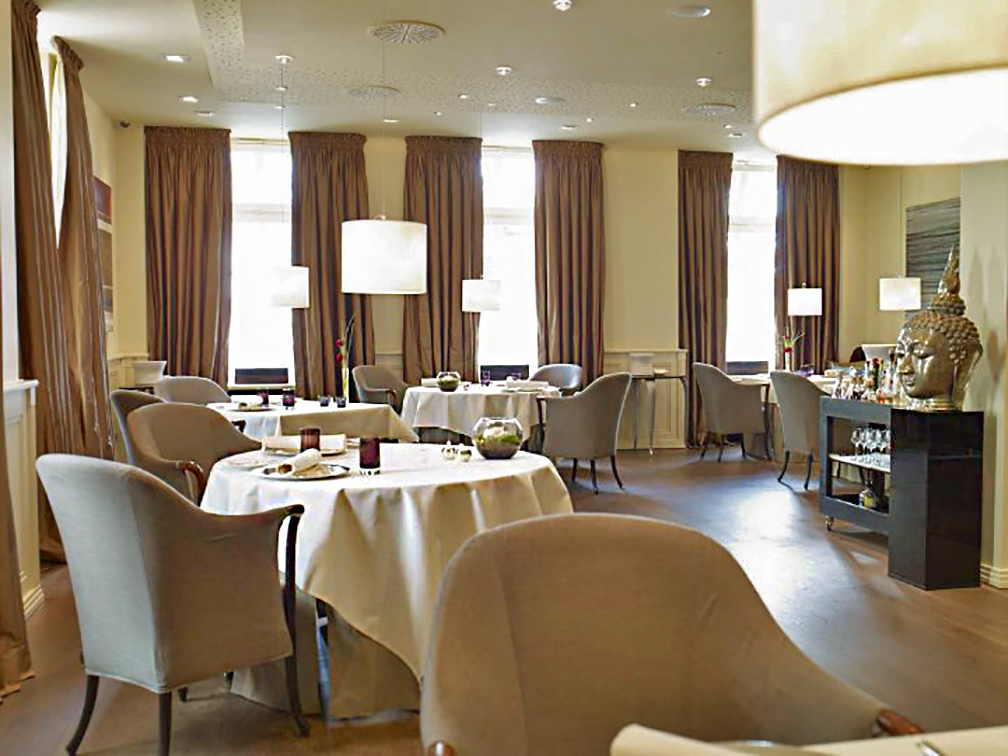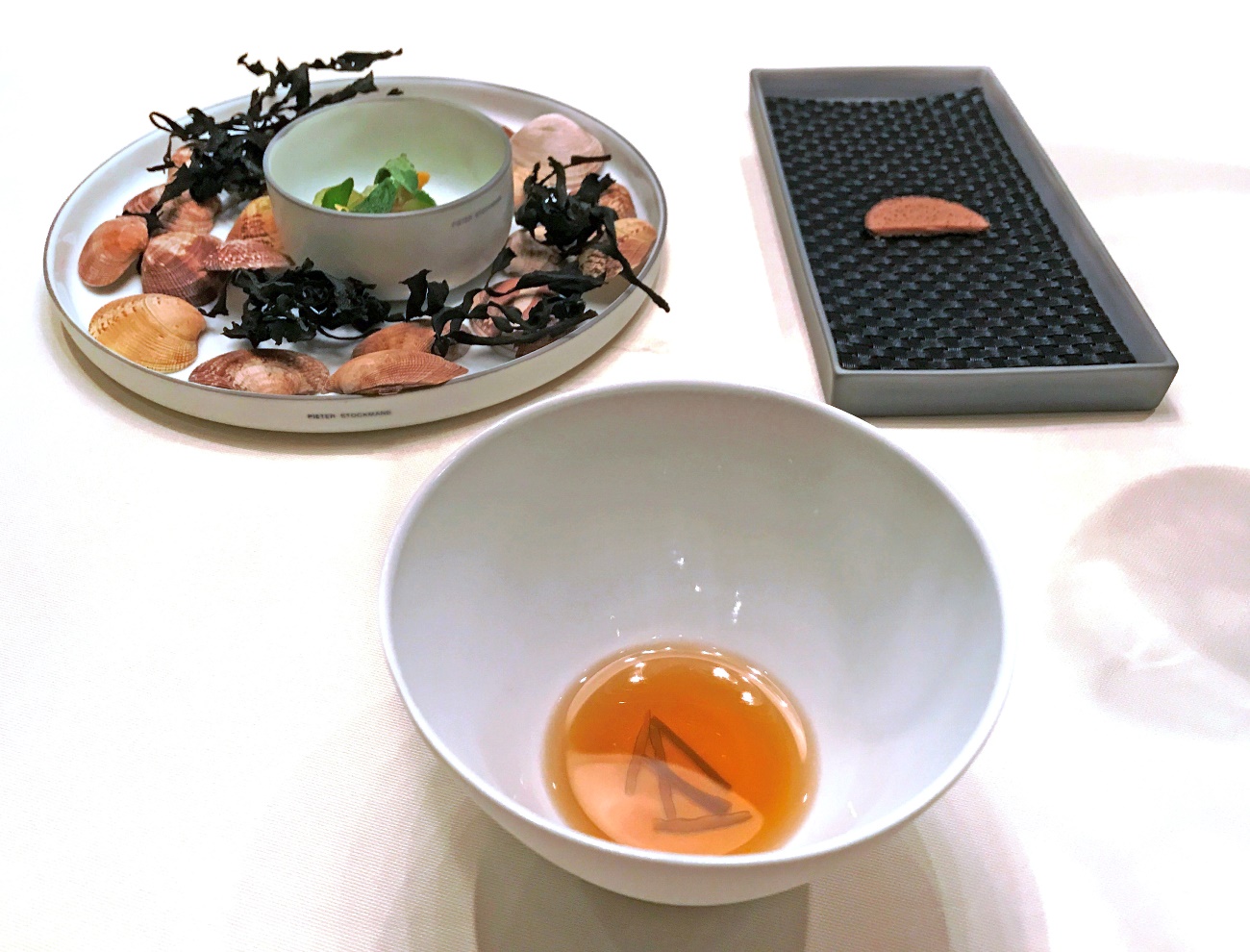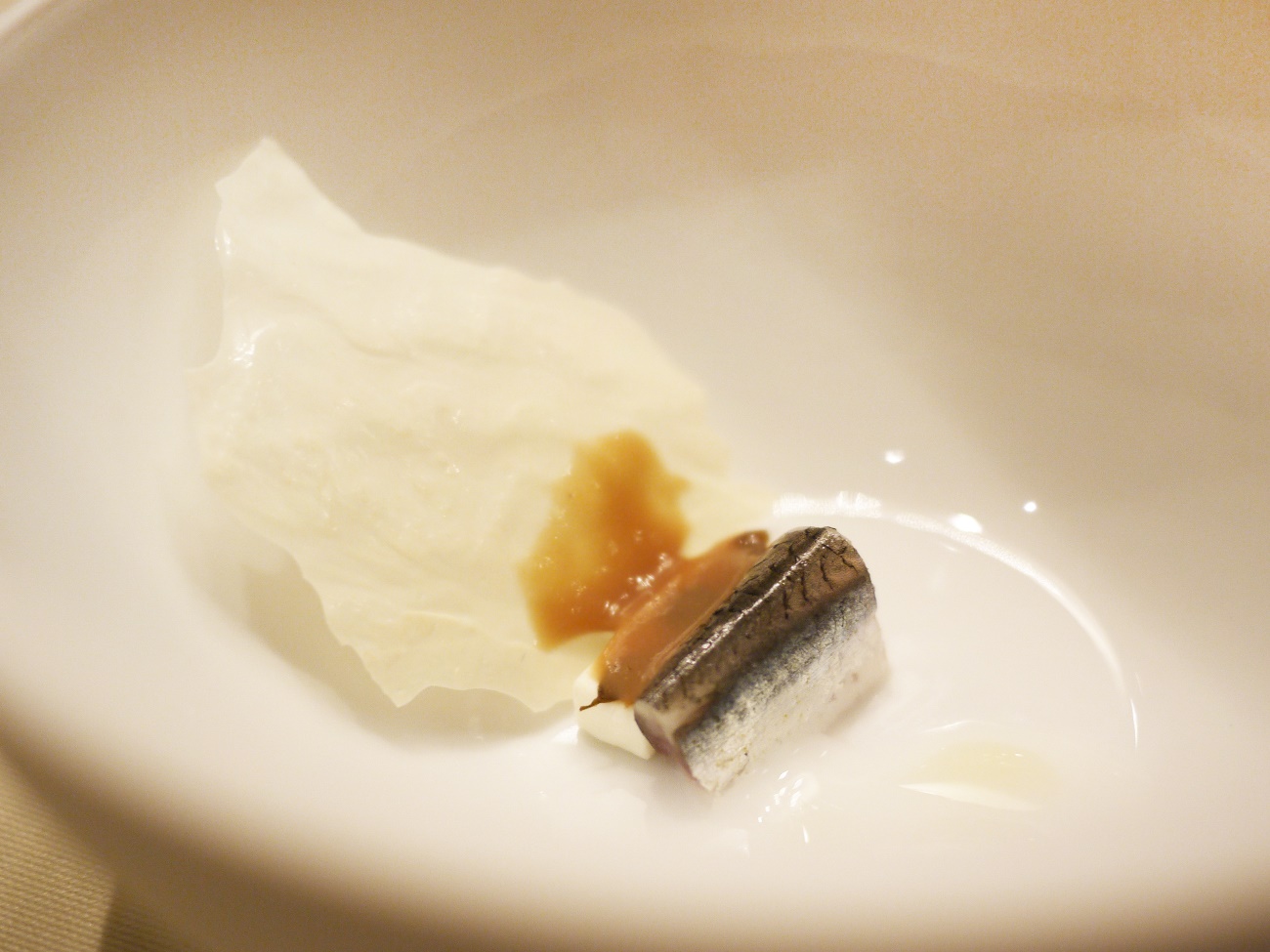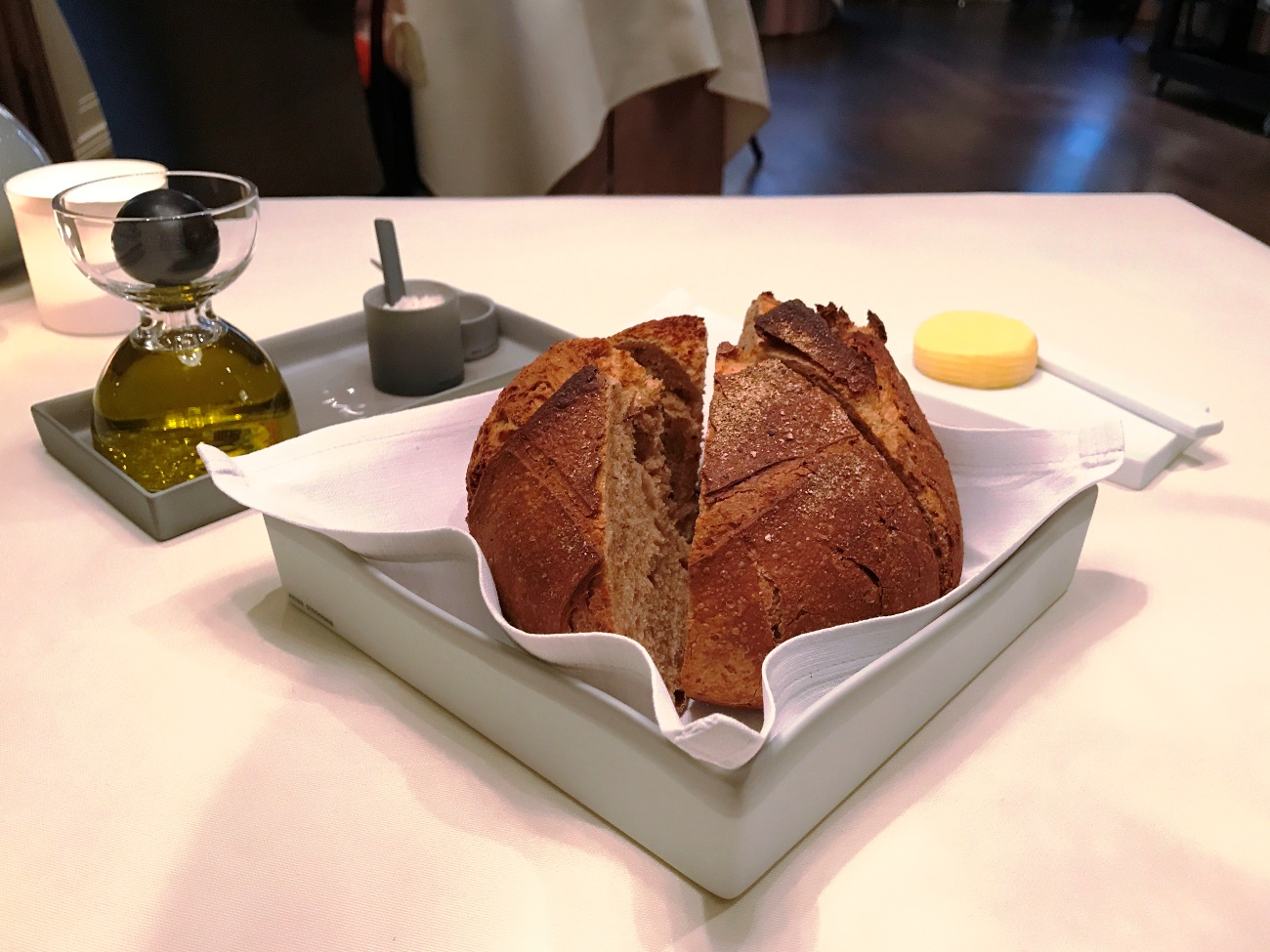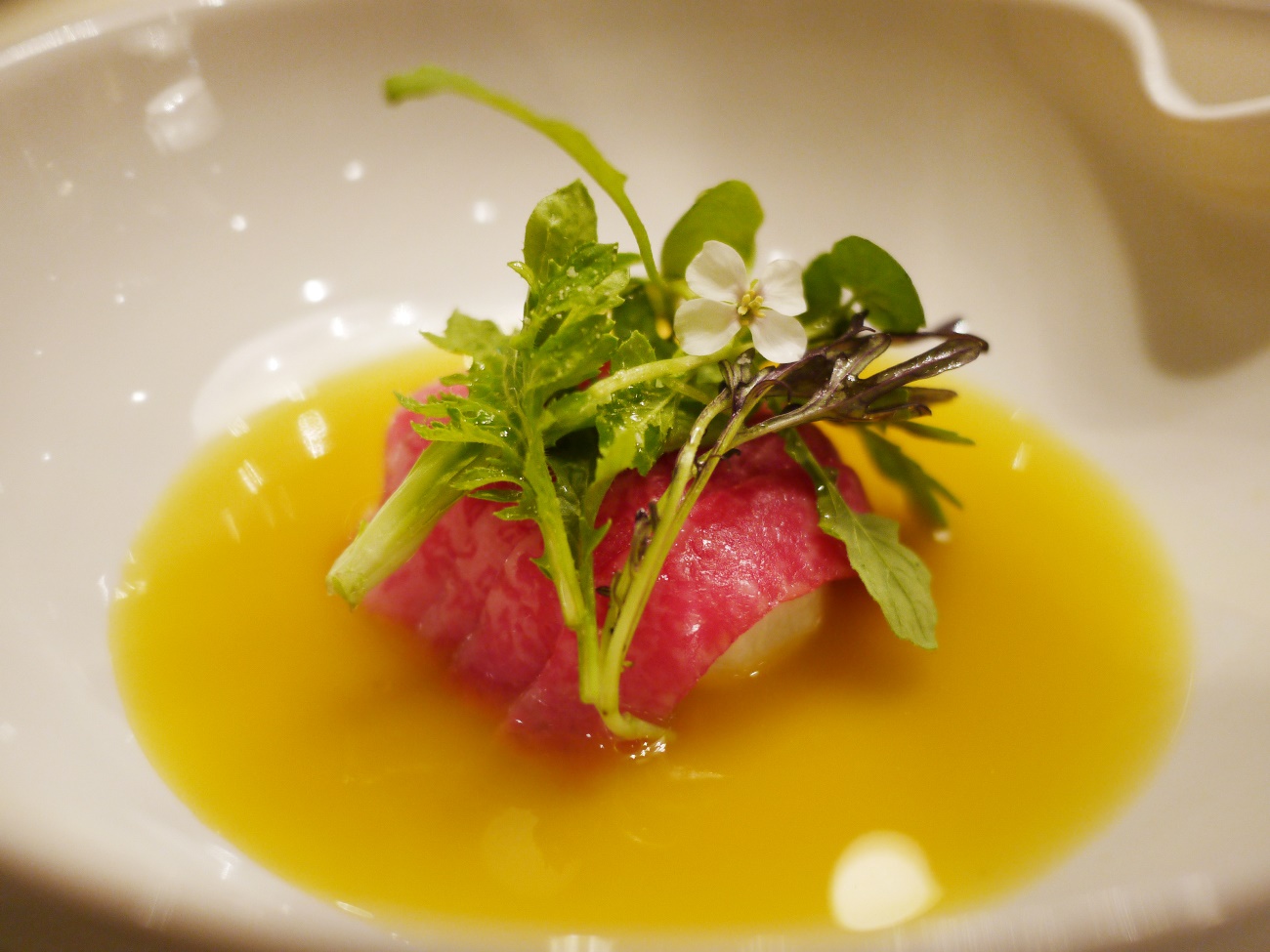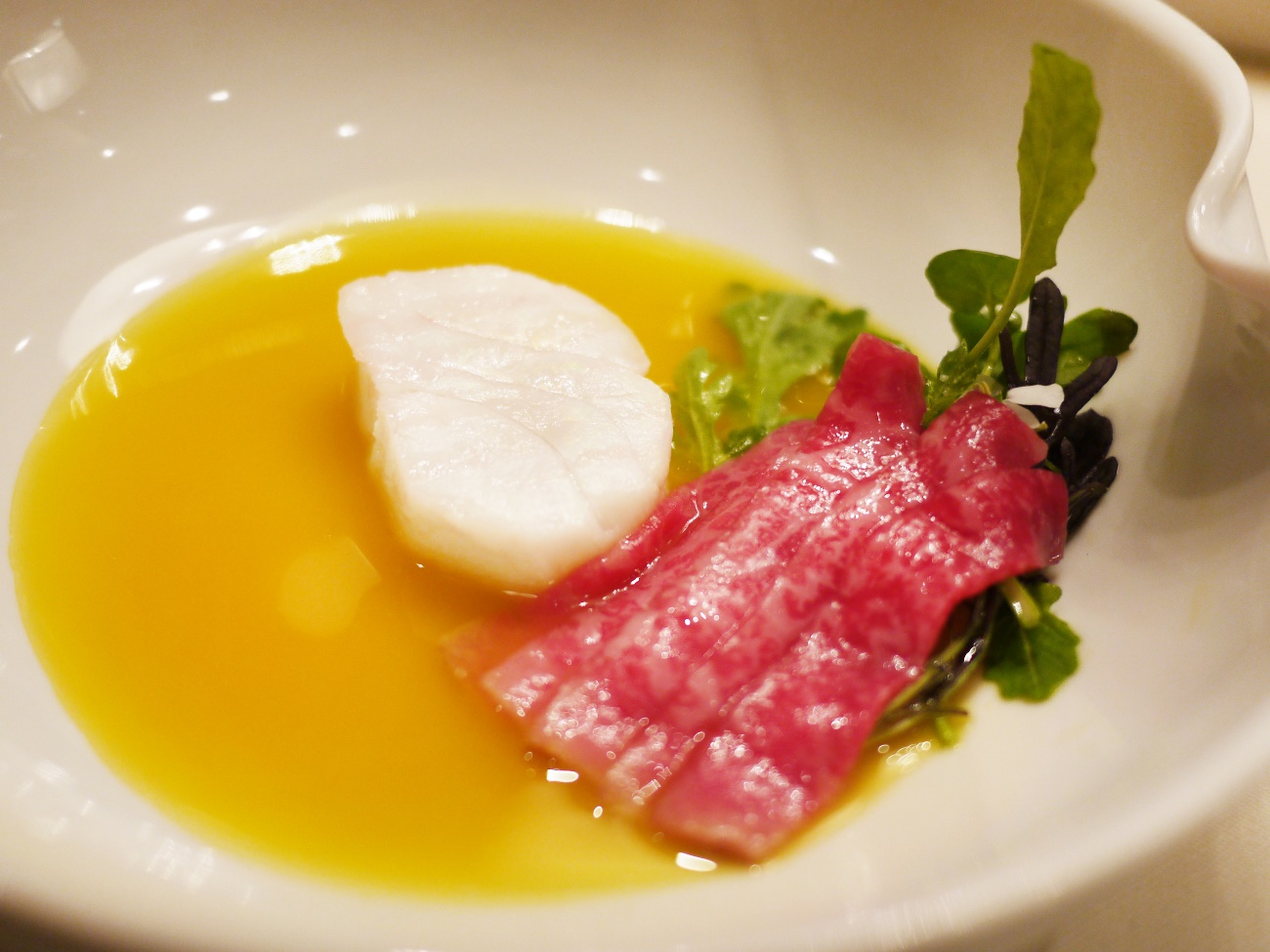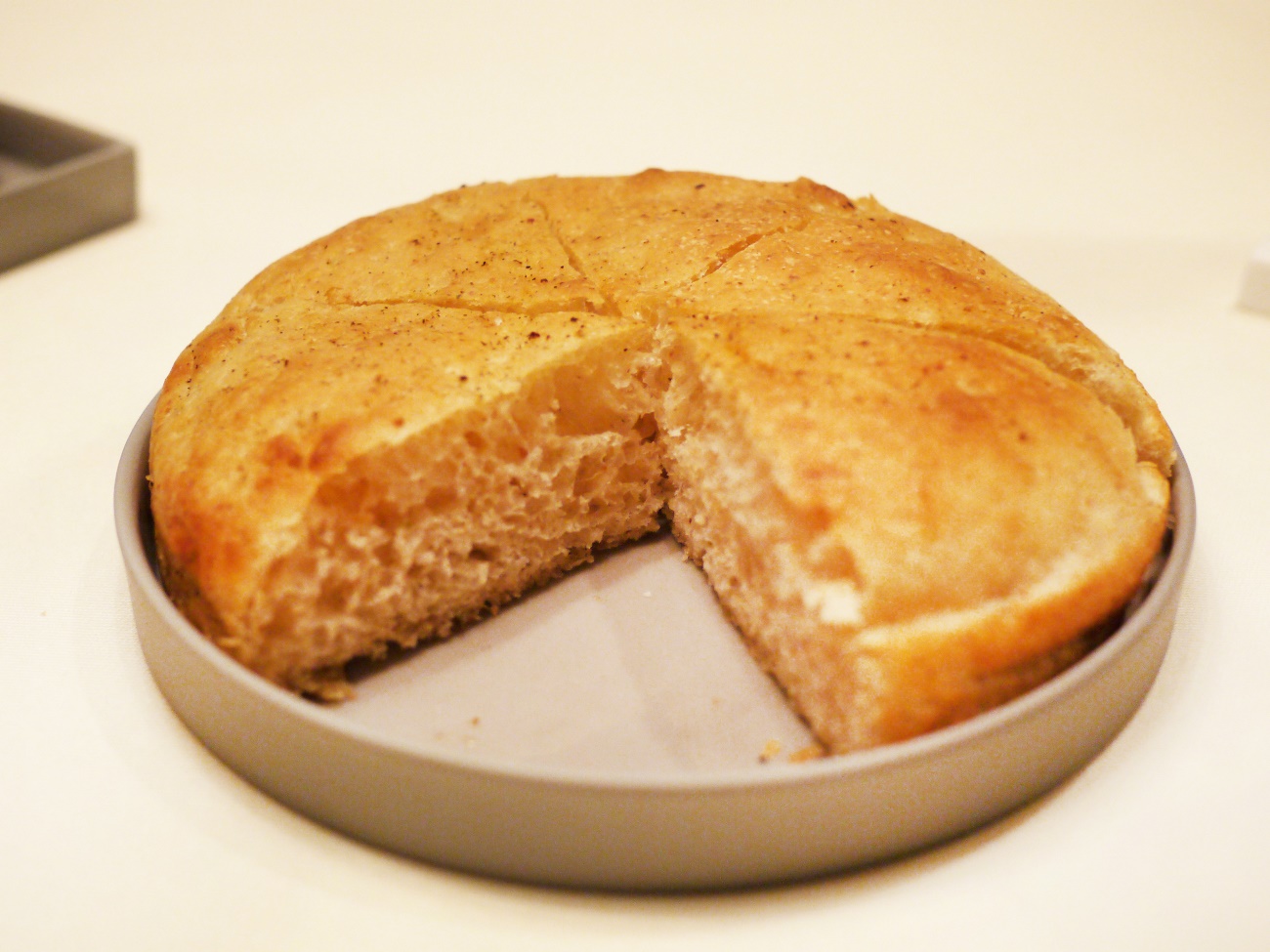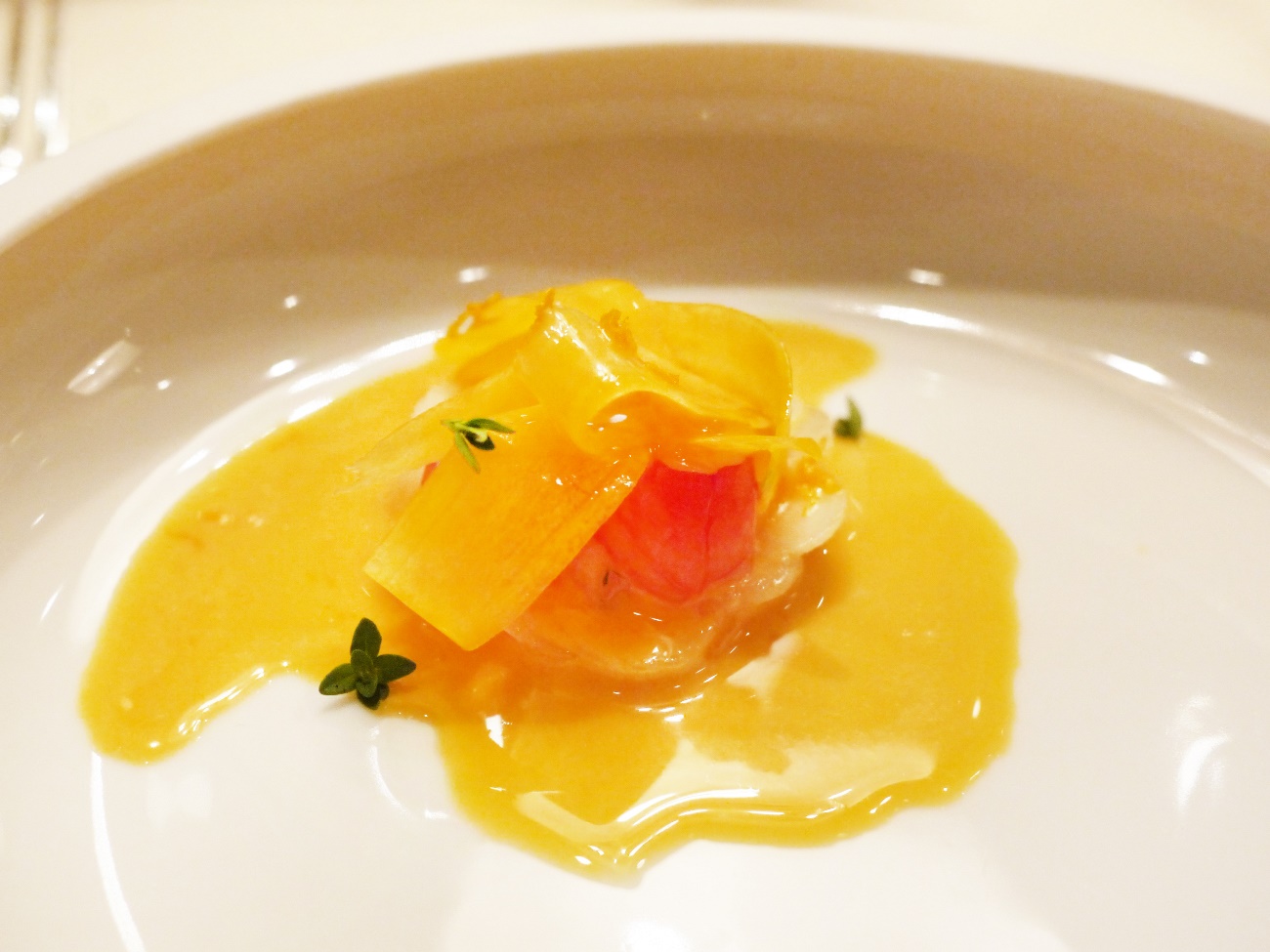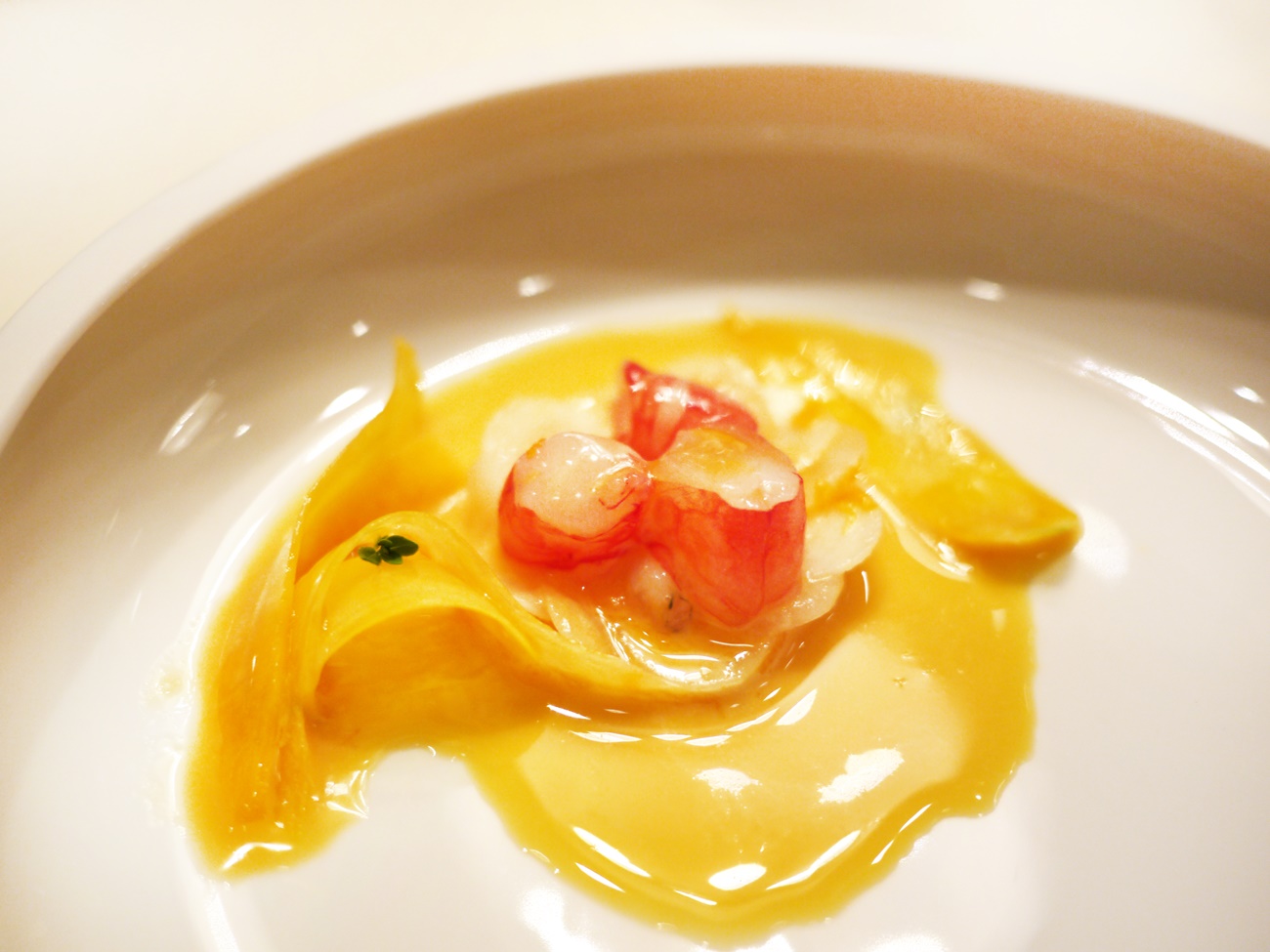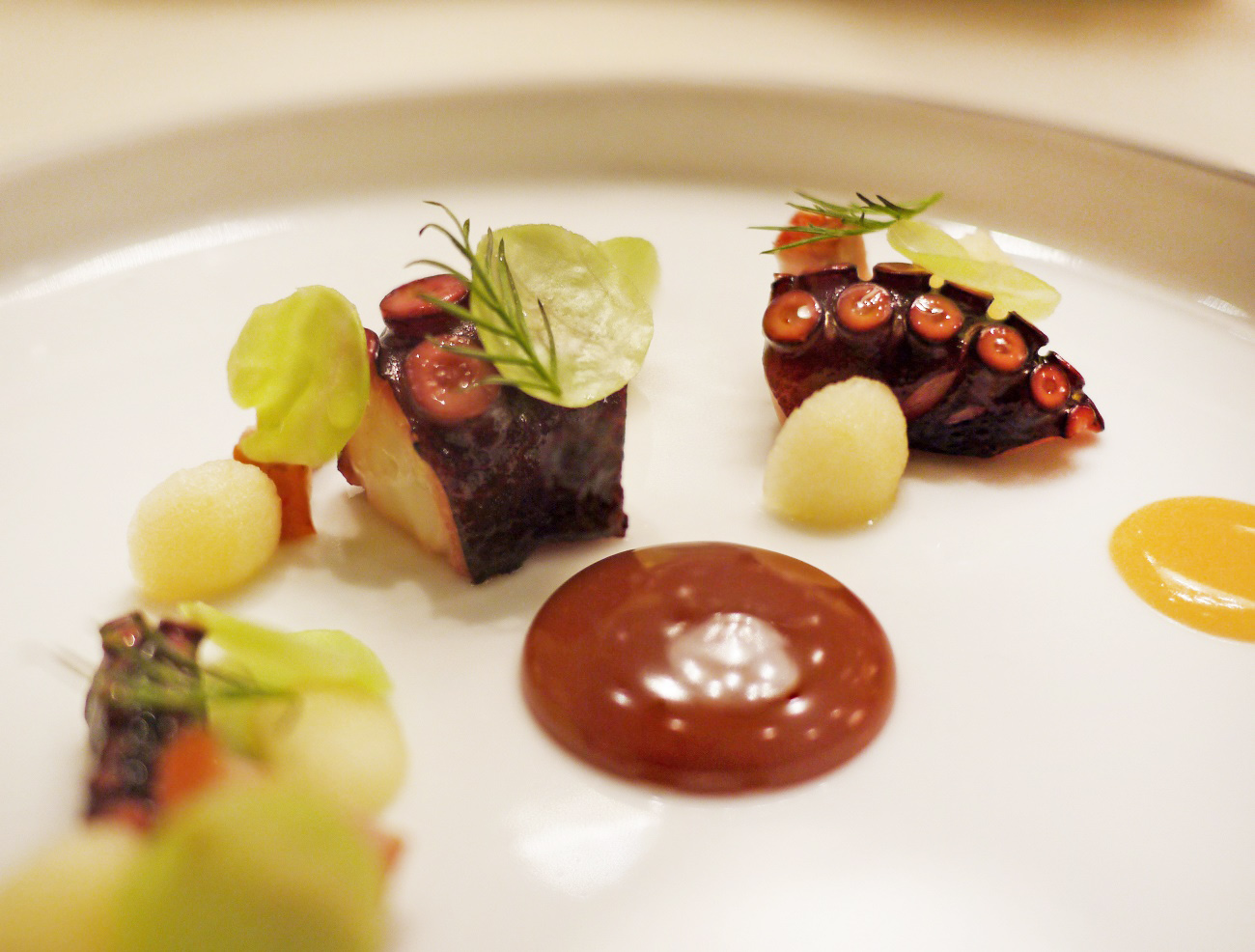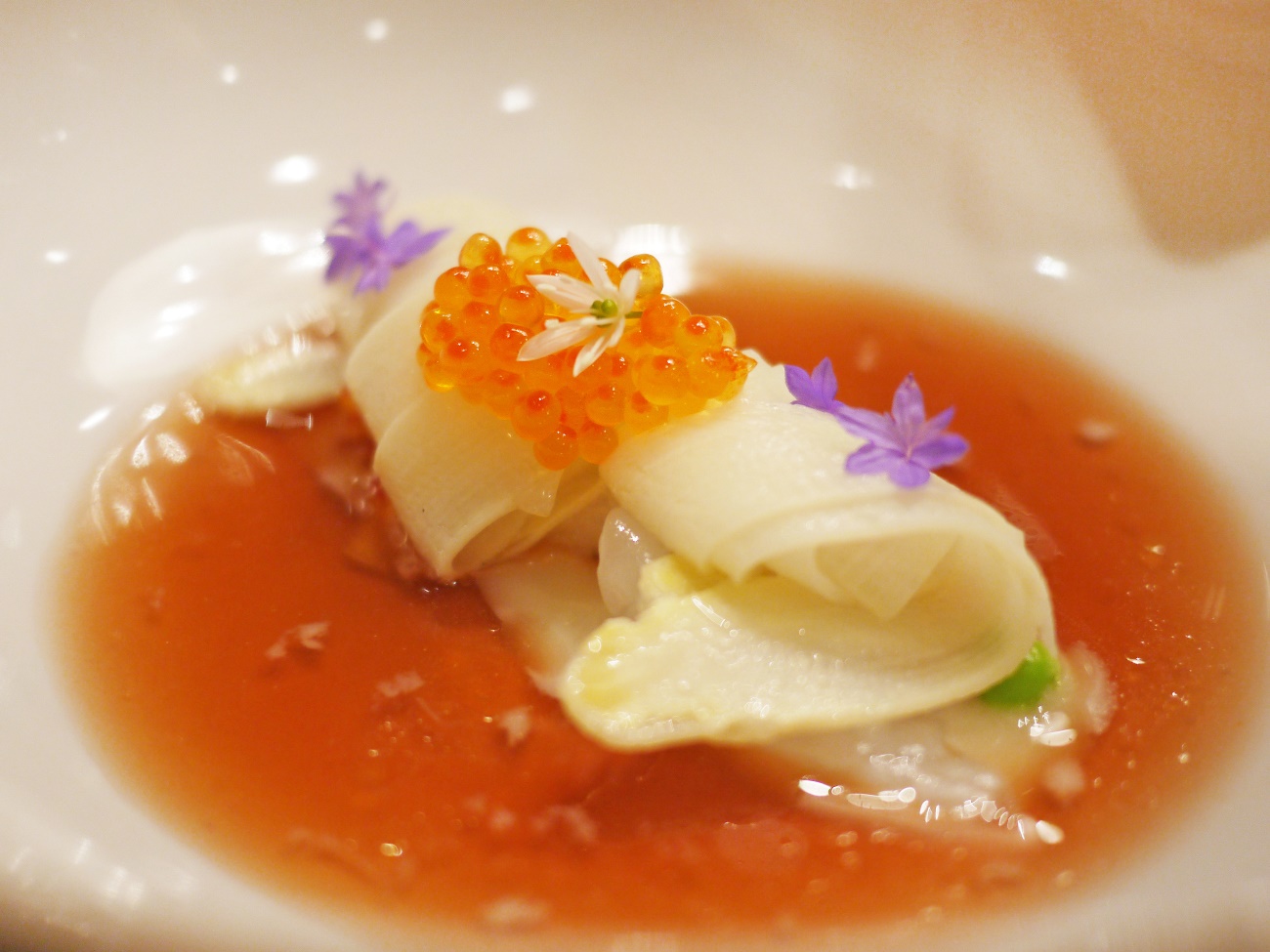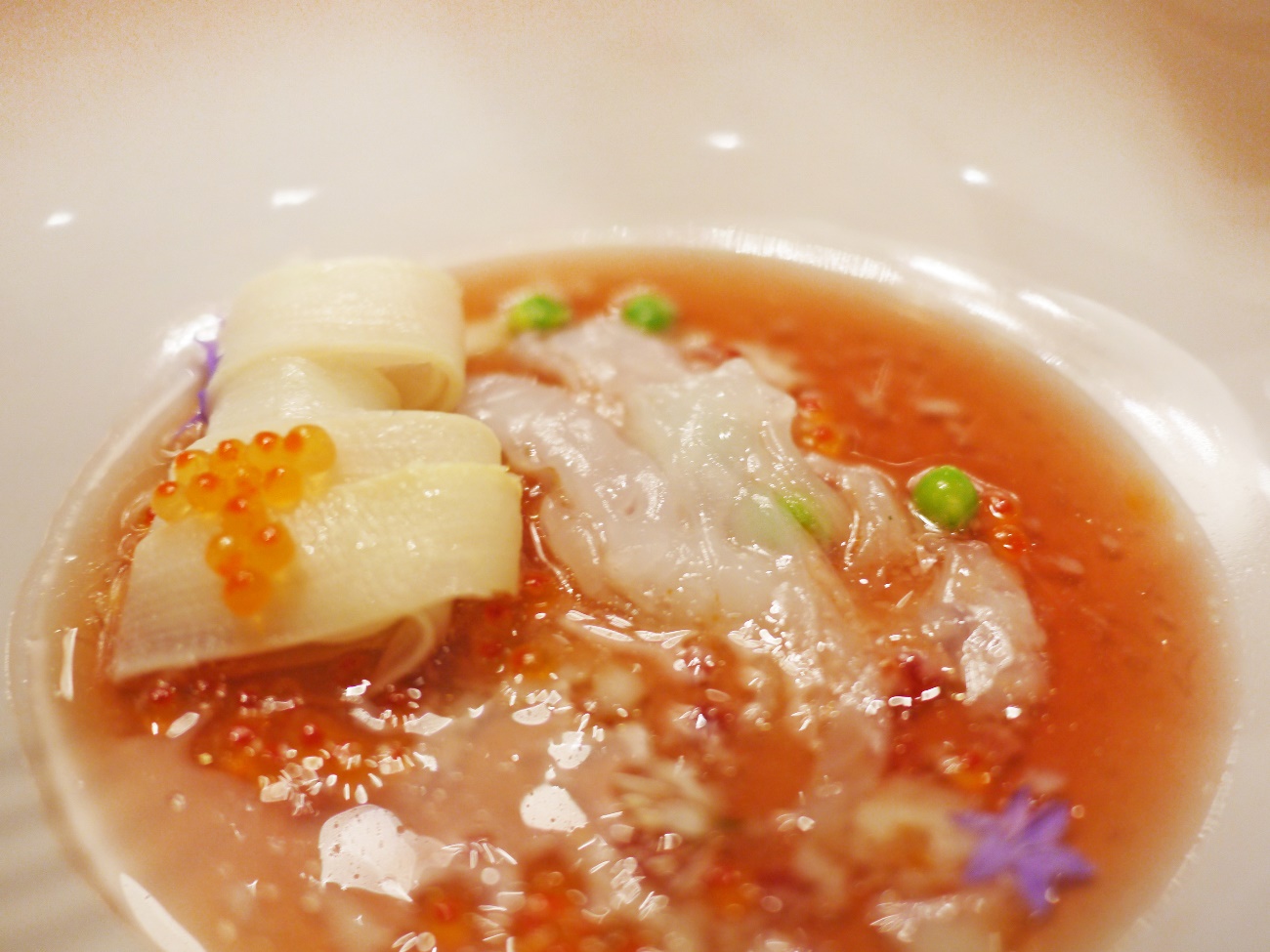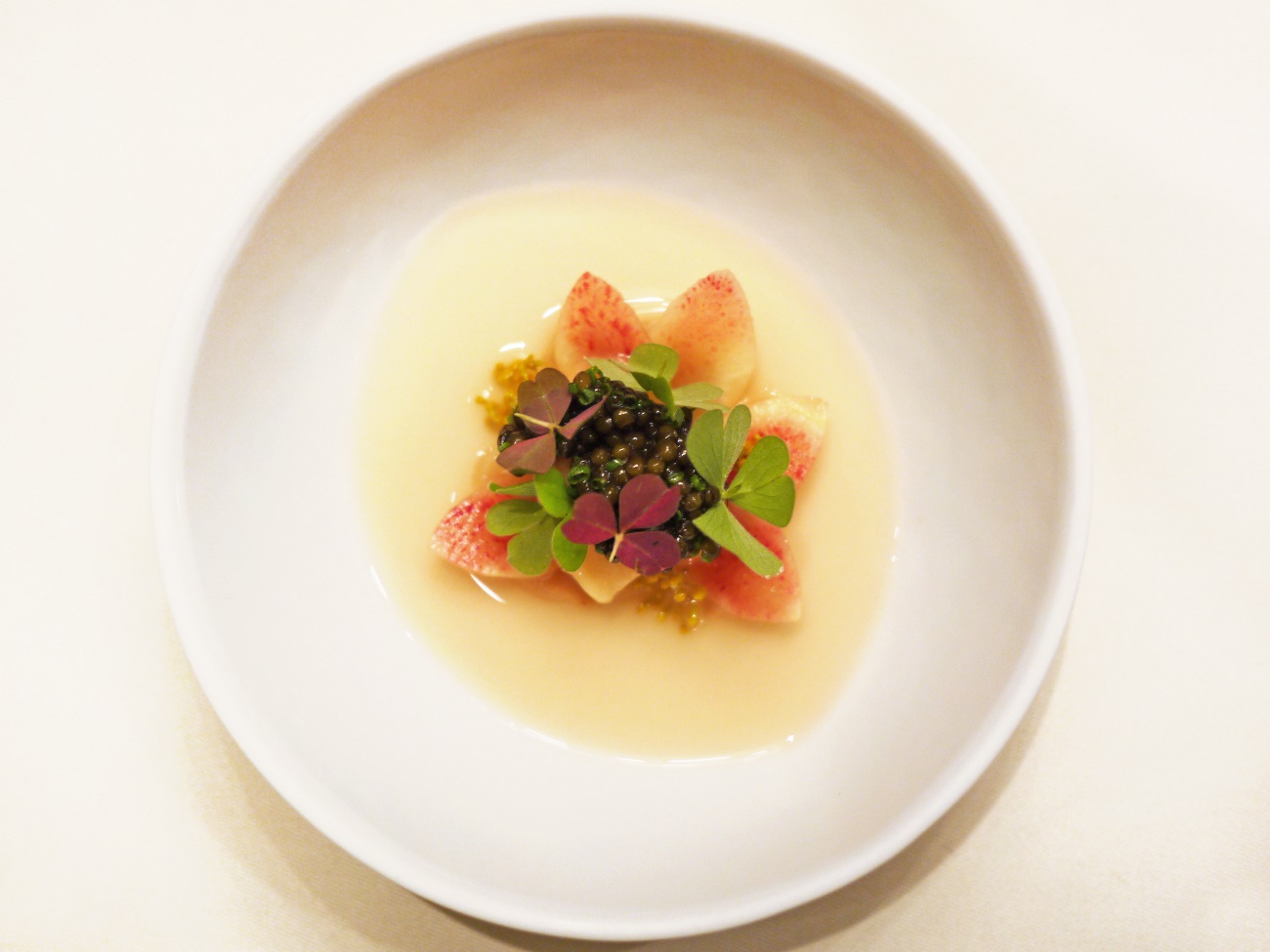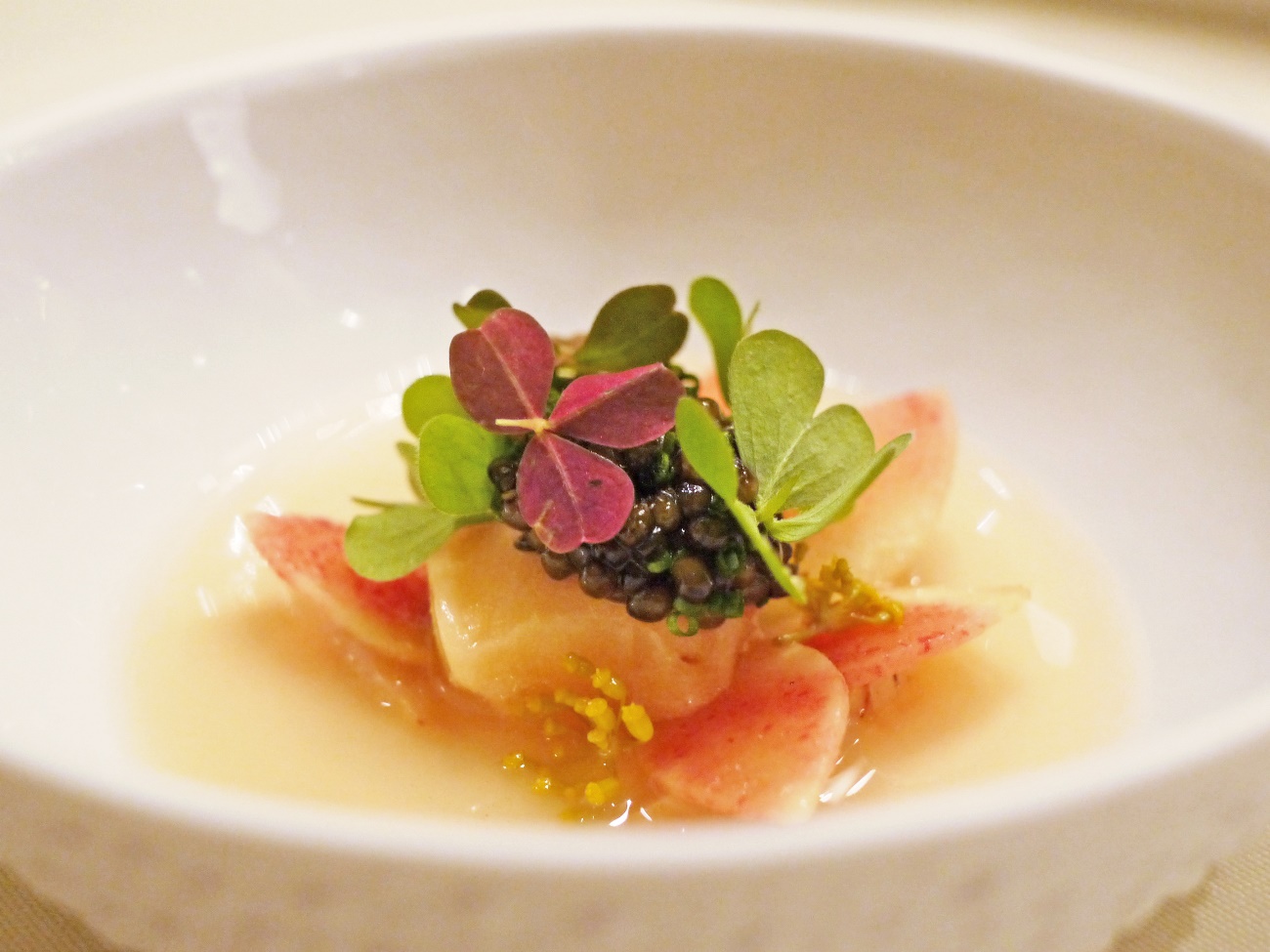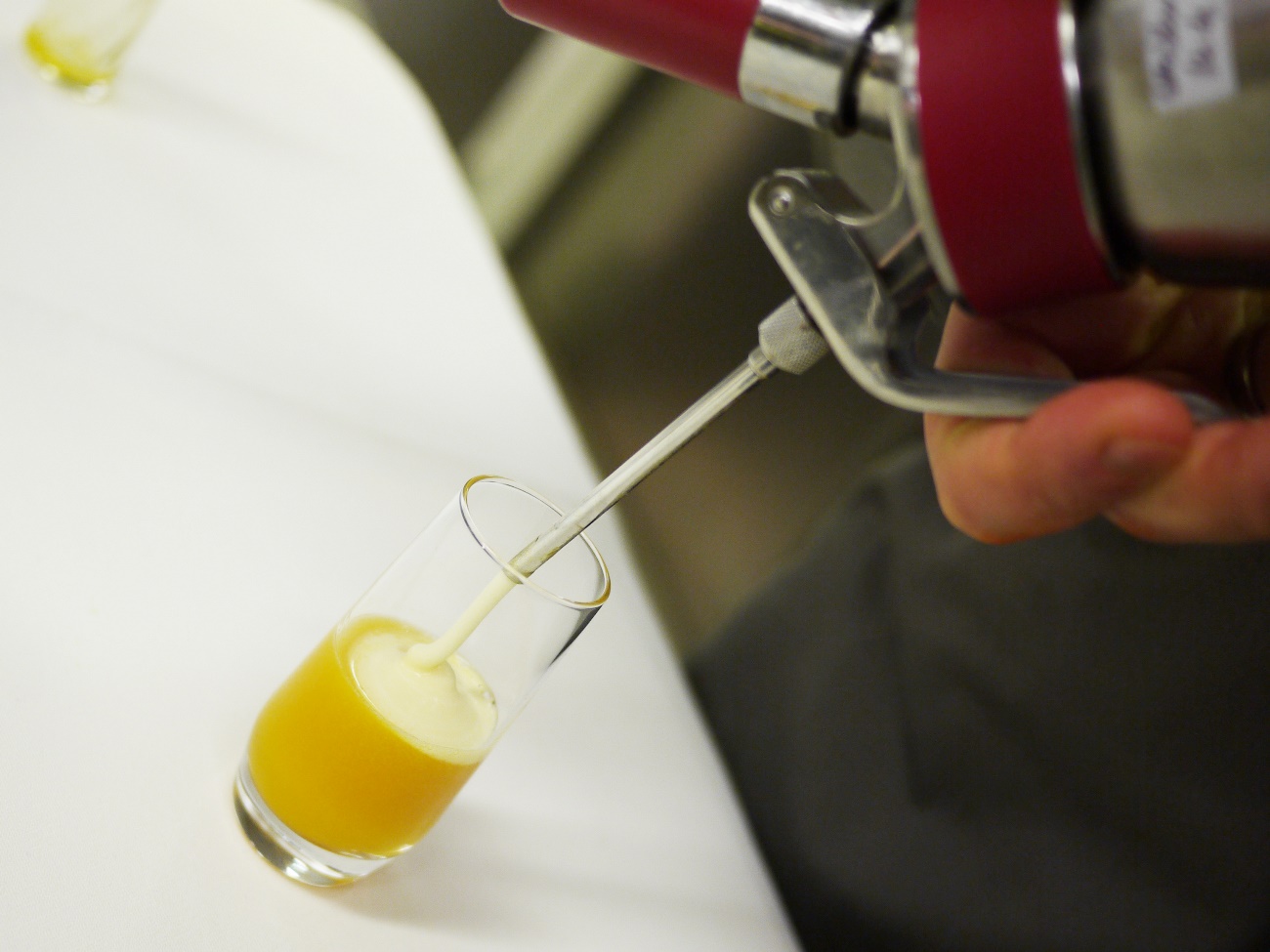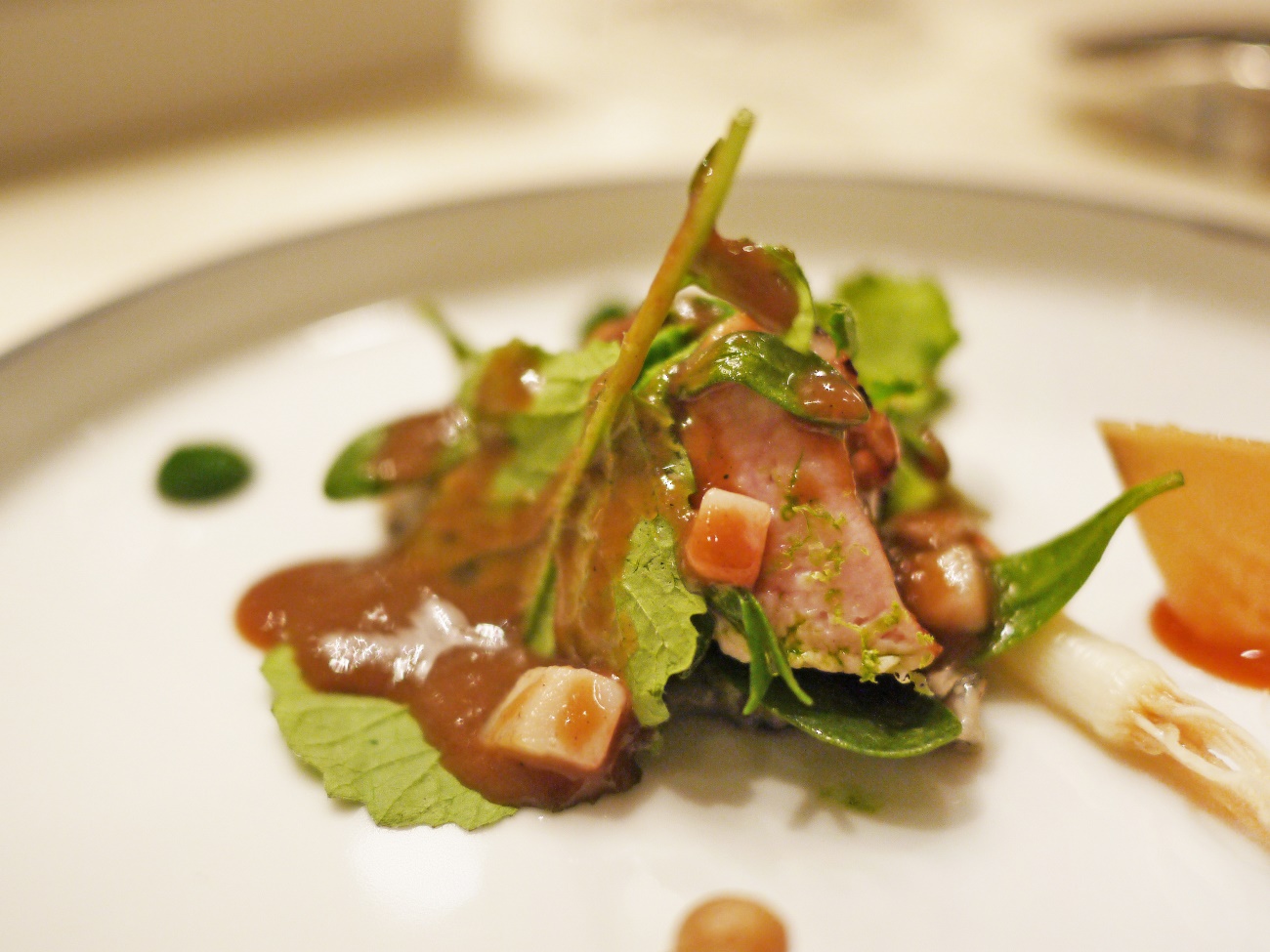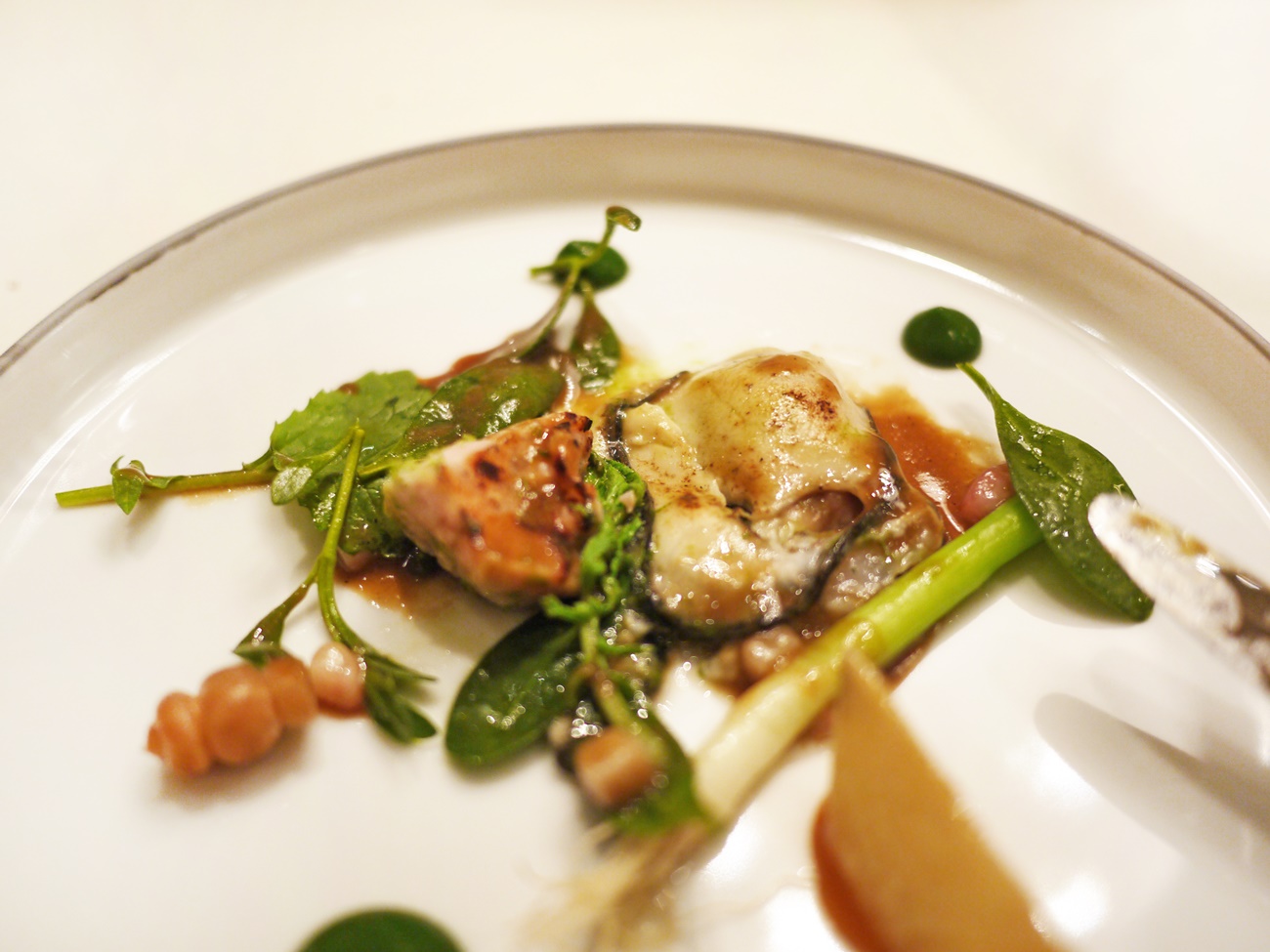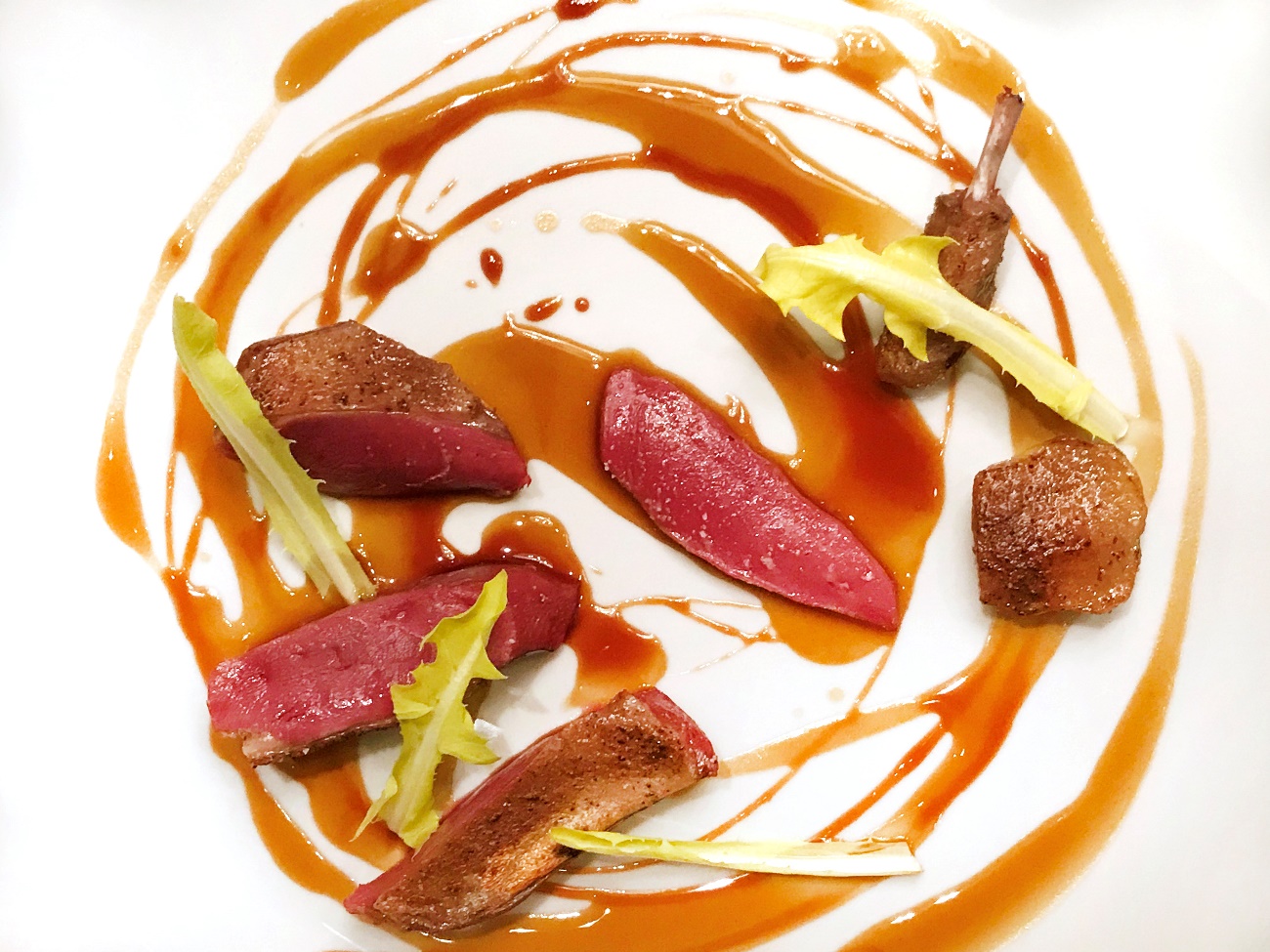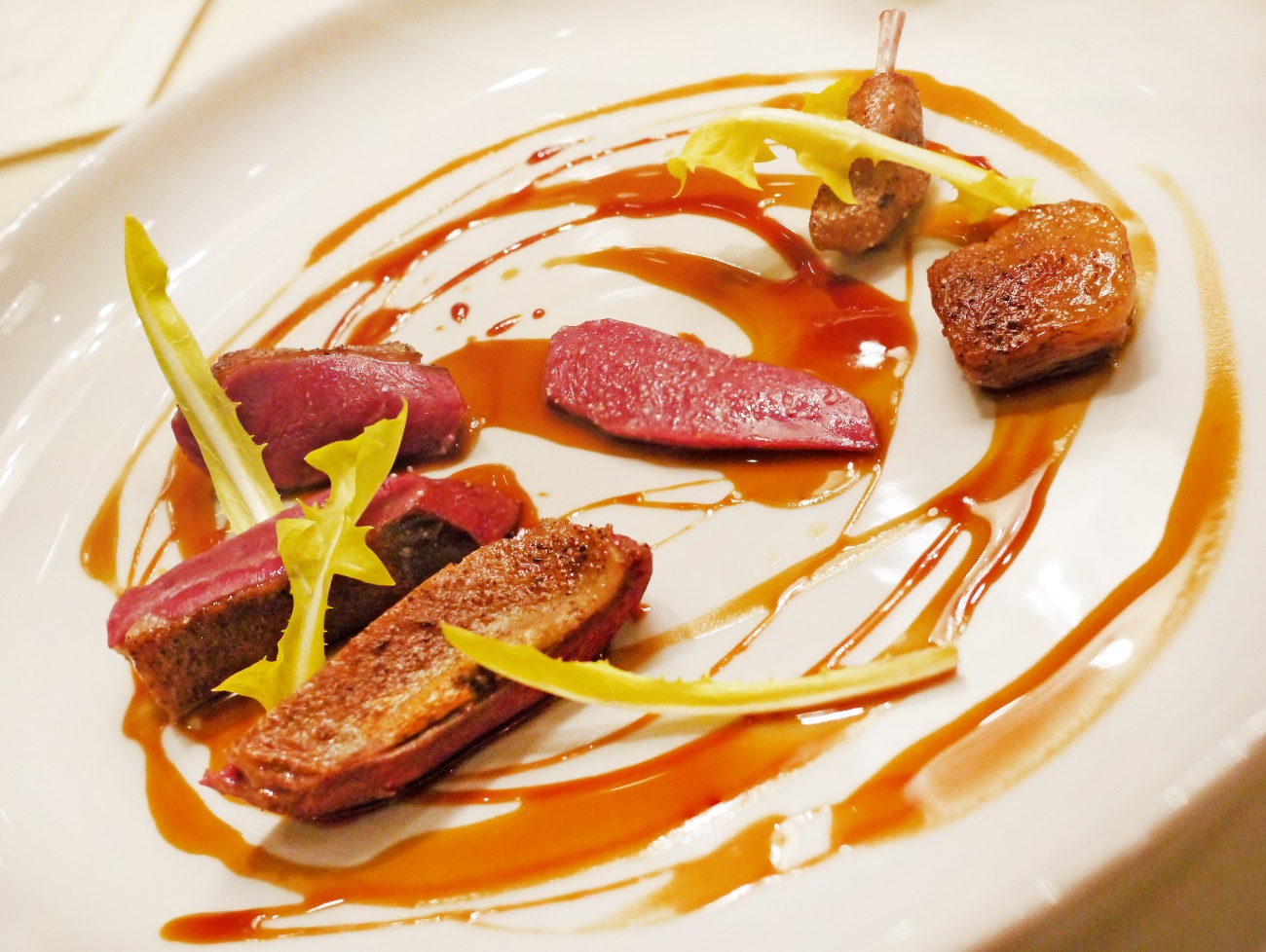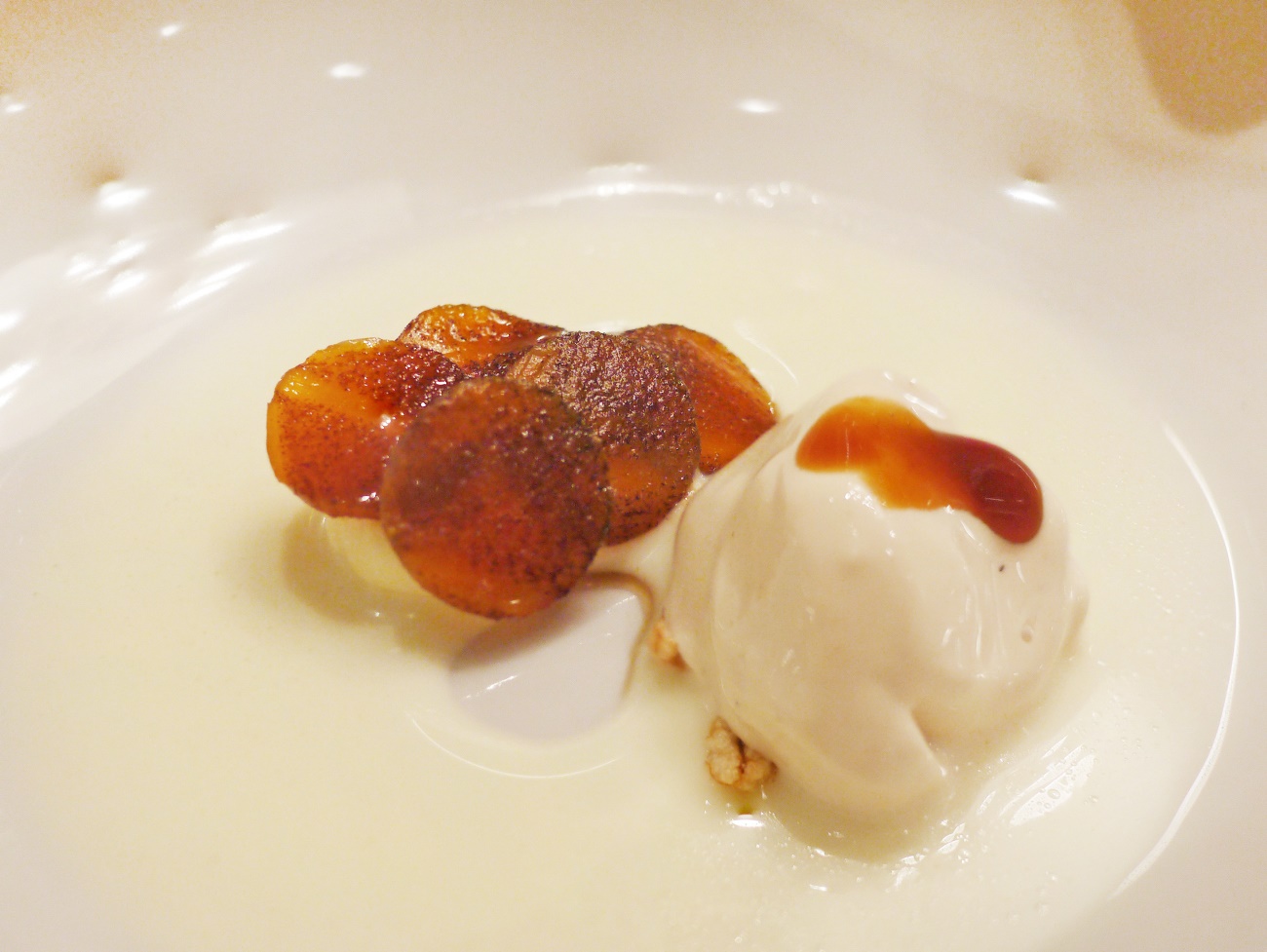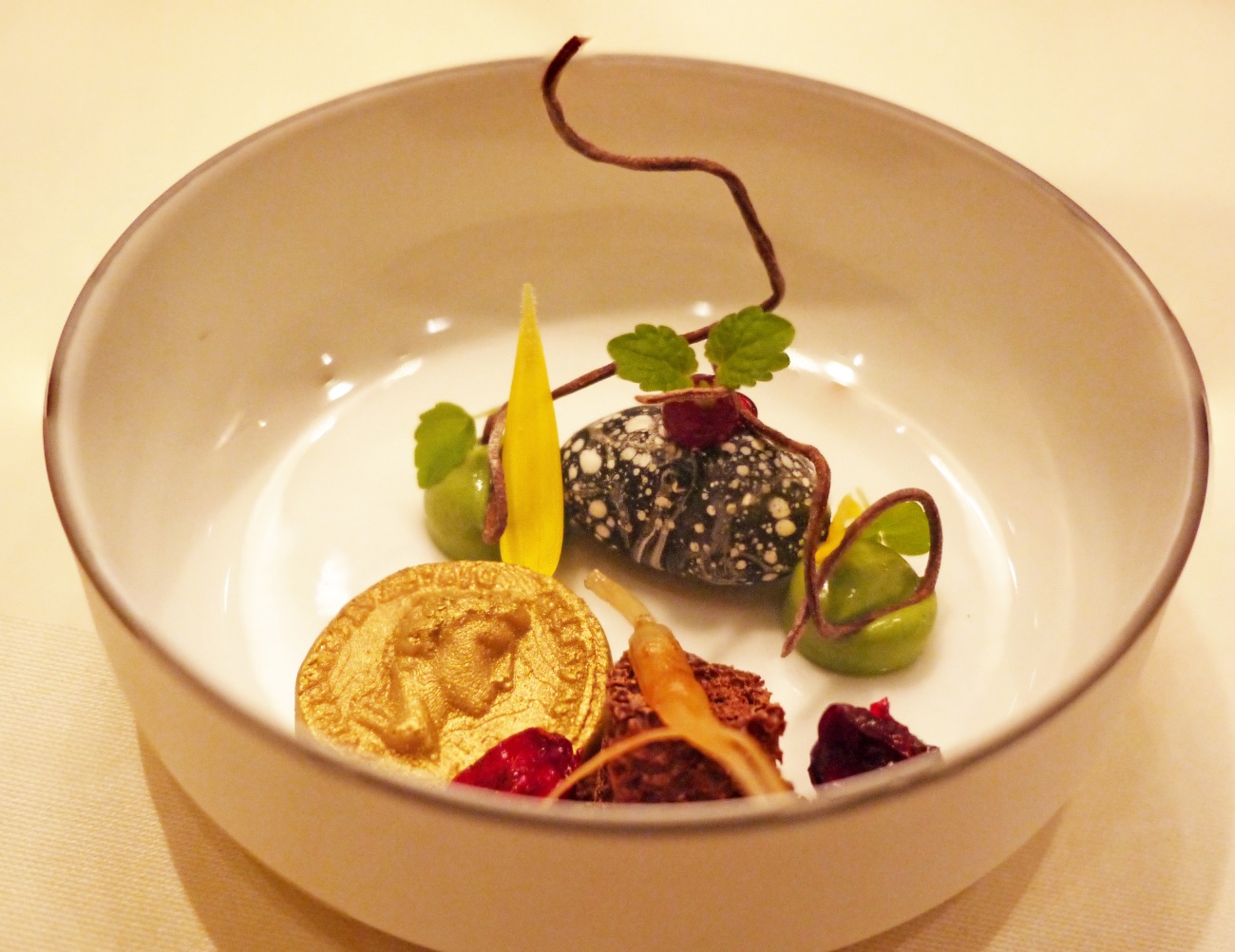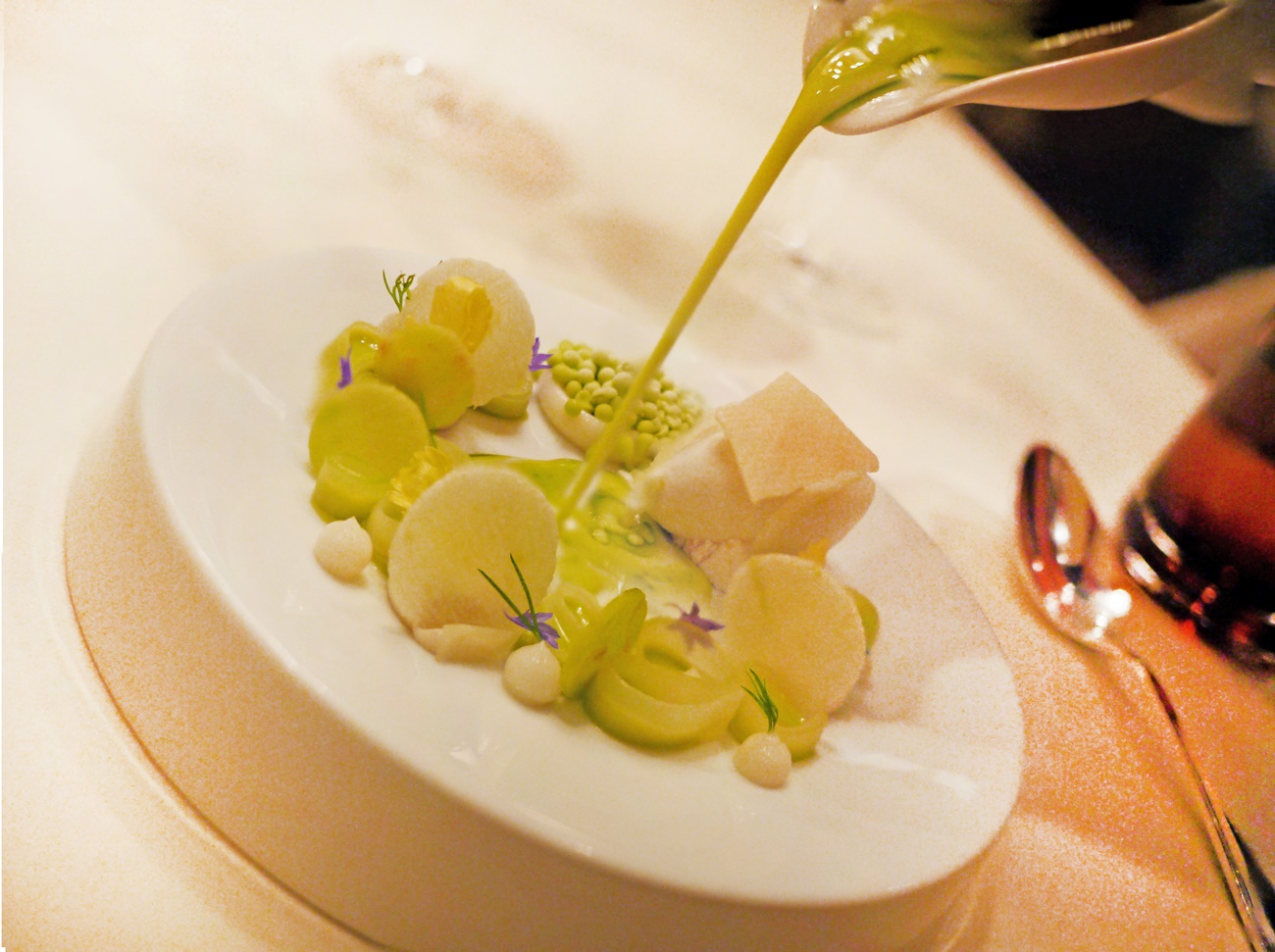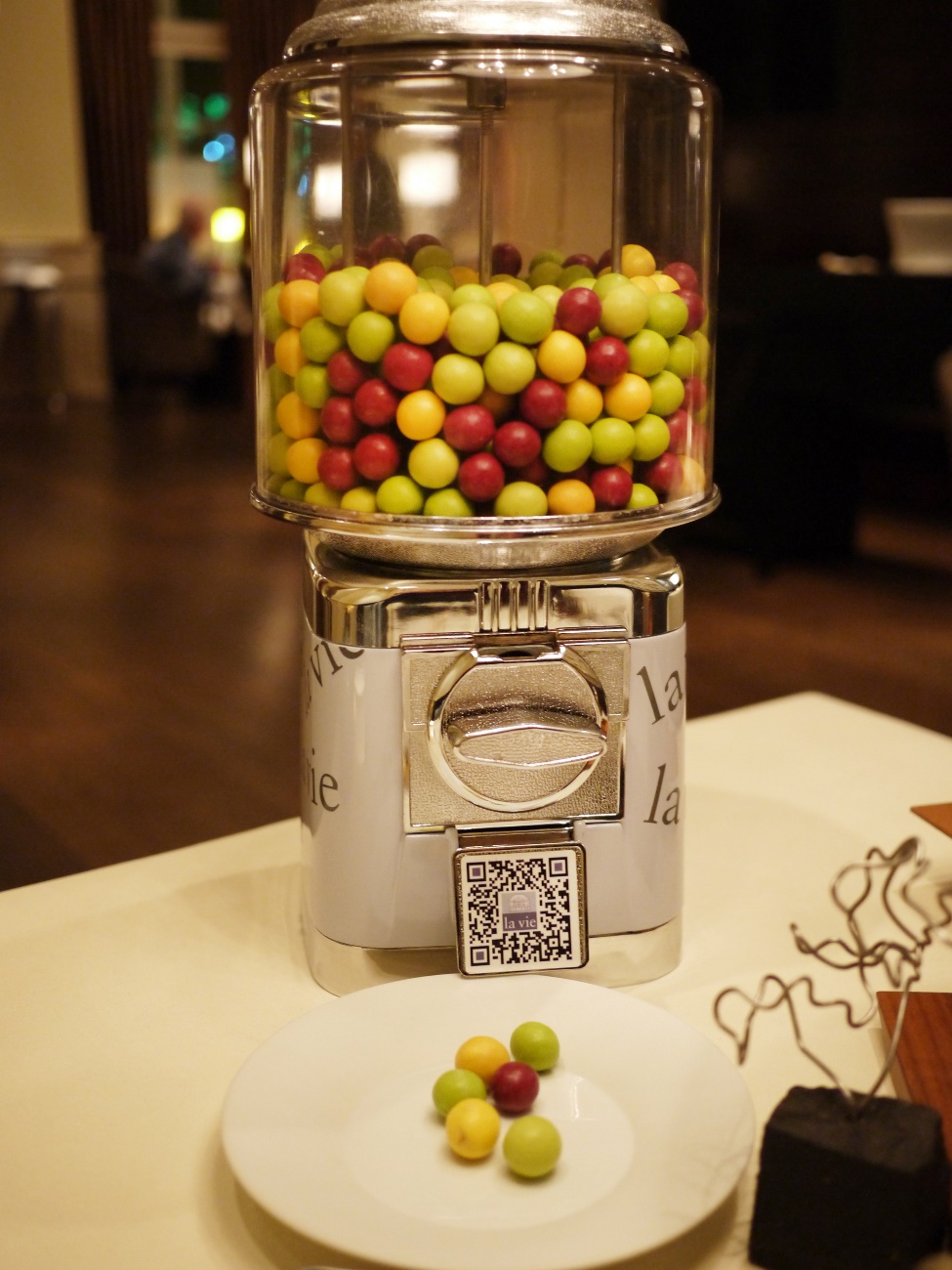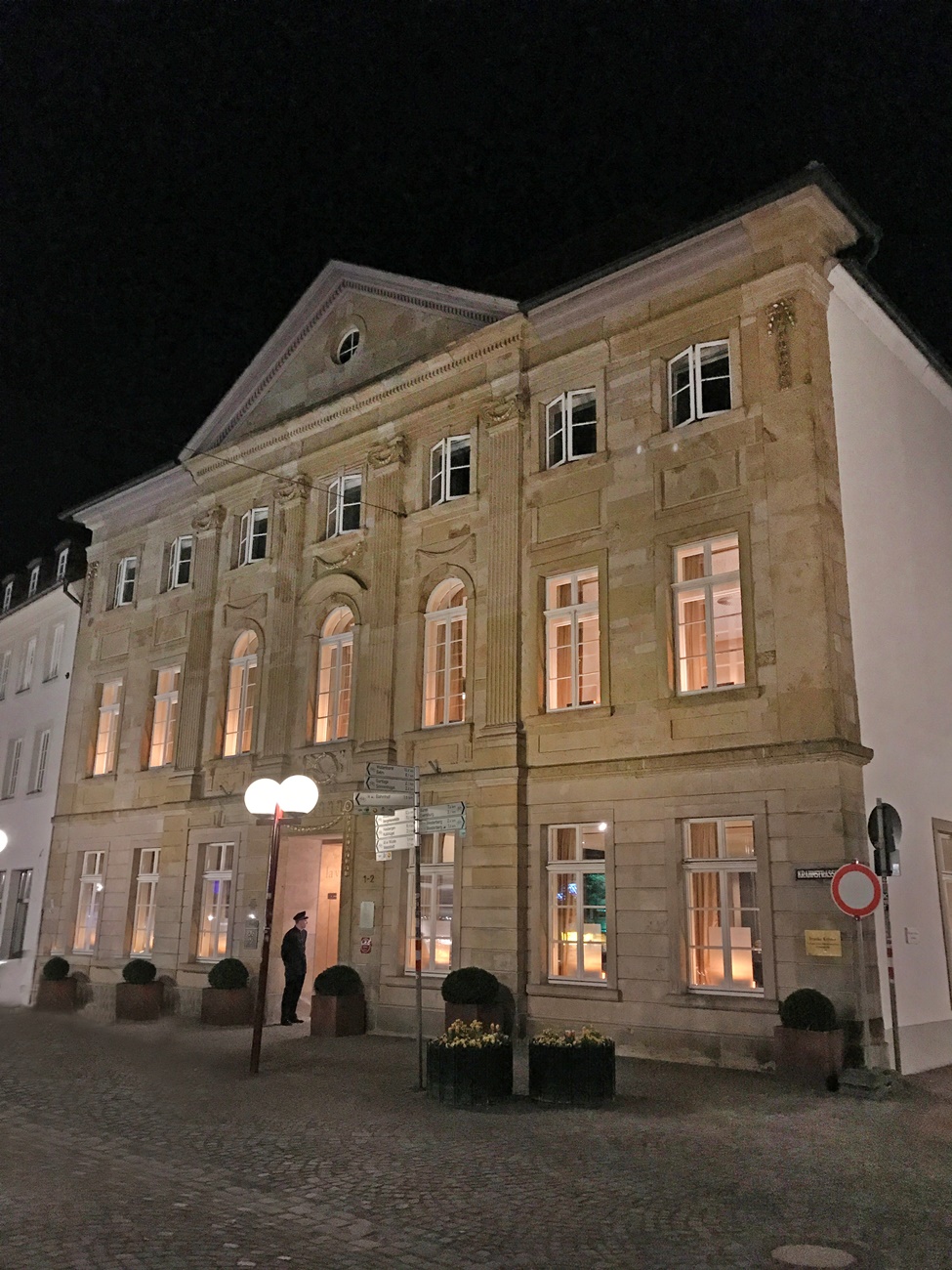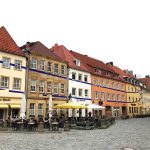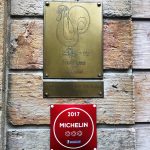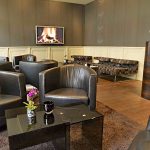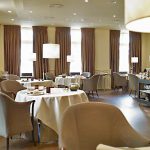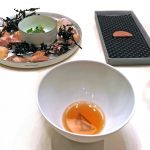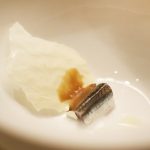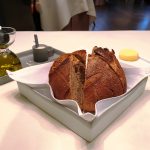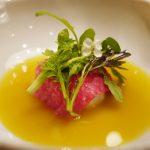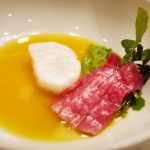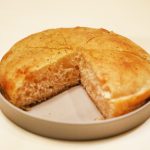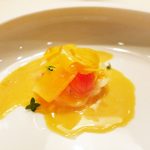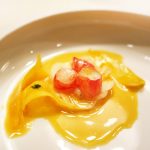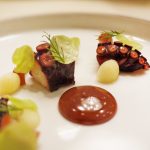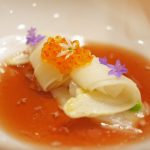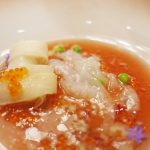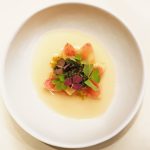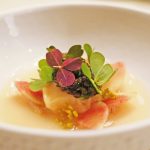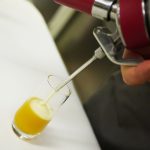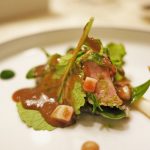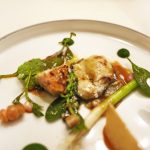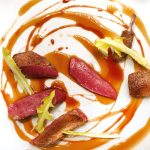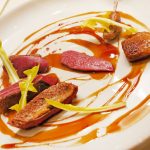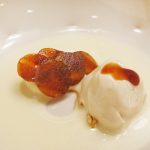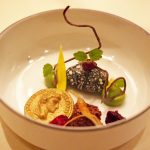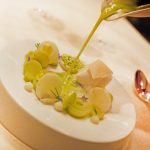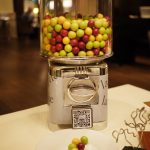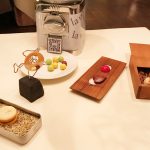CLICK ON THE MAIN PHOTO ABOVE TO VIEW CAPTIONS IN GALLERY FORMAT
Image 1: www.oudsluis.nl Chef: Sergio Herman
6-course: €180 4-course: €130
À la carte menu: About €30 appetizer and €40 main course
Closed on Monday and Tuesday; a week in April, two weeks in June, and Christmas period.
Image 2: The Osnabrück cathedral was closed, as were all the shops. There were no tourists, either. In fact, the place seemed deserted. I felt like I was in a scene from “28 days later”! Thankfully, diagonally opposite the main square was…
Image 3: … this 19th century mansion. Not only did I find, at last, some signs of life, but it’s home to one of the best restaurants in the country, boasting …
Image 4: … Michelin 3-star status since 2012. It’s been run by Chef Thomas since 2006, who opened it after working at several other top restaurants in the country. It took him just six years to transform a small, local fine dining establishment into a world-class restaurant.
Image 5: You enter via a hallway lined with dark wooded panels.
Image 6: There’s a lounge on one side, with …
Image 7: … a separate smoking area, and …
Image 8: … a dining area on the other side. It’s a small, but somehow very spacious, room catering for maximum of 30 guests, looked after by a team of 8 professional, black-gloved serving staff, and over a dozen in the kitchen. On the night of our visit, the place was only half full, so there were more staff than customers!
Image 9: It didn’t take long for the amuse bouche to arrive – a thin, semi-circular disk of foie gras mousse, and a small bowl of green apple salad with coriander and clam. The teacup actually contained warm pork consommé with walnut and wakame. The menu offered a choice of Traditional or Innovation – I went with the latter without even looking at the menu, as I love the excitement of being served with new and creative dishes.
Image 10: One more nibble before the menu starts. It was quite an intensely-flavoured bite, with goat cheese and anchovy. Unsurprisingly, perhaps, as these ingredients are cheese and fish respectively, the dish tasted extremely cheesy and fishy.
Image 11: The bread was great – a deliciously crispy crust, with a moist and soft inside. Even better was the olive oil, with its deep aroma.
Image 12: Now the first course of the Innovation menu – cod and wagyu beef with herb salad. The wagyu had been dry aged for 30 days before being finely sliced. The result was a soft and creamy mouthfeel.
Image 13: The focus of the dish was actually a whole piece of cod, steamed to a translucent texture after being salted for 30 min. The saffron and cod broth that came with it was so intense that – sadly - the beef flavour got a little lost.
Image 14: Now, another type of bread arrived! This time, it was a warm, lemon and thyme focaccia. It had a light and puffy texture with an appetising fragrance. But I couldn’t help feeling that the lemony scent would be better suited to cakes – it didn’t work with bread. This is like a cake, but without the sugar.
Image 15: Lying below the strip of radish were …
Image 16: … three pieces of king prawn – very small, but great quality, with slices of clam underneath. The crunchiness of the radish dominated the textural character of the dish, and I didn’t think it was a good idea to pair it with delicate seafood. However, the orange-soy brown butter sauce was extremely seductive - rich, buttery and fruity, with a nice hint of deep soy aftertaste. A beautiful balance of Eastern and Western flavours. And yes – I ate every single drop!
Image 17: This octopus was one my favourite dishes of the night - good texture without being at all chewy. Once again, the most striking component of the dish was the sauce. One (the dark one) was made from boar, and was thick and gamey, while the other (lighter-coloured) one was a combination of kimchi and apple! Chef Thomas certainly knows how to combine the tastes of East and West! Again, I cleaned the plate – this time with the help of some bread.
Image 18: Inside these inside slices of rolled white asparagus was…
Image 19: … a stack of paper-thin squid lying on bits of chorizo. The unique texture of the squid made it very pleasant to eat, with very little chewiness - I separated the asparagus out, so that I could enjoy the squid by itself. The squid broth had a lovely hint of smokiness, though it was a little too powerful. Rather a pity.
Image 20: This is Imperial caviar with okra root, in the juices of melon and kaffir lime.
Image 21: It looks pretty, that’s for sure, but it’s one of the weirdest dishes I’ve had for a while. Why? Well, it was cold and refreshing, but, with the the herby bitterness from the kaffir lime, it was almost like a medicine. Maybe it was intended as a palate cleanser before the mains - but using caviar? Still, I guess that’s part of the fun of choosing an innovative menu! What’s more, Chef Thomas must love the crunchy texture of vegetables … first there was the radish, then the asparagus – and now slices of okra root. Crunchiness seemed to be emerging as the dominant theme of the meal.
Image 22: The next course was a lot of fun. I was invited to the kitchen to meet with Chef Thomas, where he served me a whisky sour, topped with passion fruit foam. A member of the staff then took out an instant camera and snapped me and the chef together. It turned out that this is a feature of dining here - every guest has the opportunity to have a souvenir photo taken with Chef Thomas, who will also autograph it. It struck me that this is a really thoughtful touch, as well as being a nice break from a 4-hour meal.
Image 23: After a long chat with Chef Thomas about the ingredients of various courses and other aspects of their preparation, it was back to the table. Waiting for me was Gillardeau oyster and sweetbread, resting on oyster sauce and covered with by purslane leaves. More Chinese influence, obviously.
Image 24: Oyster and sweetbread. Both are among my favourite ingredients, but it has never occurred to me to put them together. Interestingly, the texture of sweetbread works really well with oyster - while the oyster is silkier, and the sweetbread more elastic, they complement each other surprisingly well. Also on the plate were spring onion, bone marrow, turnip, and a rich oyster sauce binding everything together. The result was a most delicious mouthful – by far the best course of the Innovation menu!
Image 25: Onto the main meat dish – Étouffée pigeon, smoked in juniper and drizzled with caramelised pumpkin juice.
Image 26: Usually, in restaurants of this quality, the main course is rich and has many components. But this wasn’t the case here - and I actually prefer it this way. A few pieces of carefully cooked meat with a light sauce were just perfect – allowing me to fully enjoy the quality of the pigeon without getting overly stuffed. It was pink, soft and moist, with a delicate flavour that wasn’t too gamey, and was well-seasoned. Its thin, crispy skin had nice charcoaly overtones. In all, a very satisfying course that left me with enough room for cheese and dessert.
Image 27: This is Le phebus, a cow cheese from the Pyrénées, served with pine nut ice cream and tiny disks of persimmon, marinated with soy sauce! Creative enough, but I found it hard to like. The thick and pungent cheese, together with the sweet and creamy ice cream, was bad enough, but add the saltiness from the soy, and… what a mess!
Image 28: For the first dessert, a history lesson on the region. The pastry chef had been inspired by a recent (last year) archaeological finding of gold coins, featuring an image of Emperor Augustus. It was a find that confirmed the Battle of Teutoburg Forest, which took place around here more than 2000 years ago! A gold coin had been recreated with liquorice and caramel, plus dark chocolate and carrot leaf ice cream!
Image 29: Here’s the last course on the menu – a mixture of Tonka bean, white chocolate, dill and green apple confit, finished off with celery cream! Not overly sweet, but a fun mix of textures.
Image 30: Last, but certainly not least, a course that bought some humour to the meal – a gumball machine! Actually, they were hazelnuts coated with white chocolate, and there were three different flavours – yuzu, cherry, and passion fruit.
Image 31: It came along with a macaron made with black tea, bergamot, fennel, chocolate cookie, orange chocolate heart, passion fruit and olive oil dark chocolate. Plus, there was a wooden box containing white chocolate with peanuts and Chinese five-spices!
Image 32: It came along with a macaron made with black tea, bergamot, fennel, chocolate cookie, orange chocolate heart, passion fruit and olive oil dark chocolate. Plus, there was a wooden box containing white chocolate with peanuts and Chinese five-spices!
